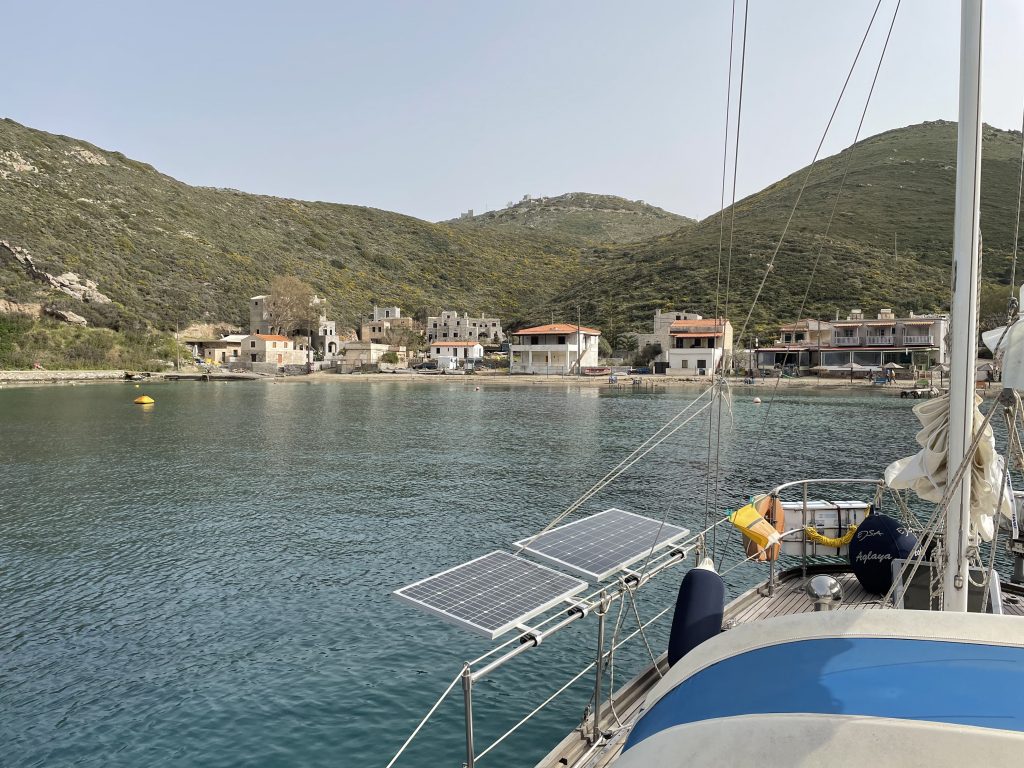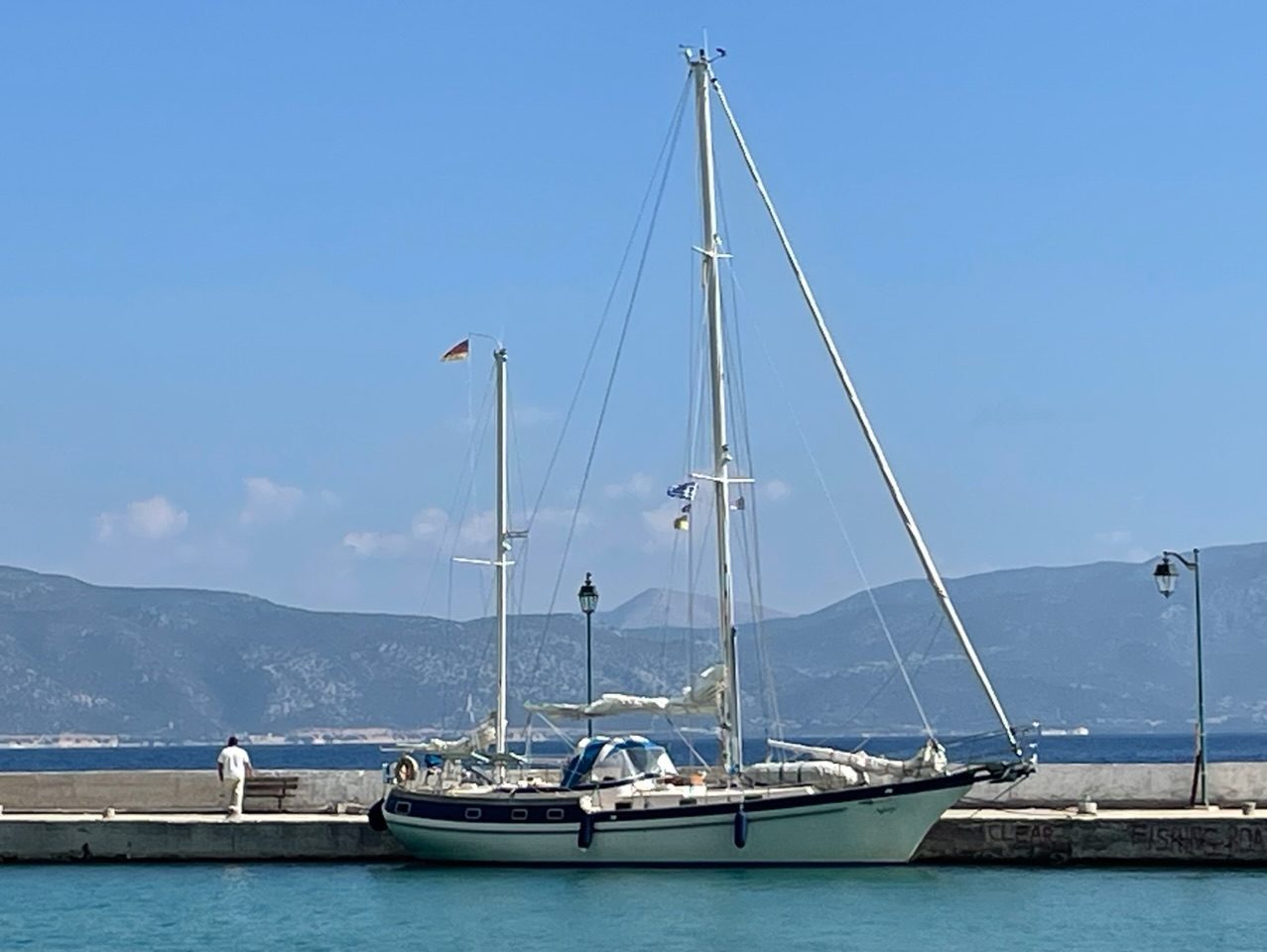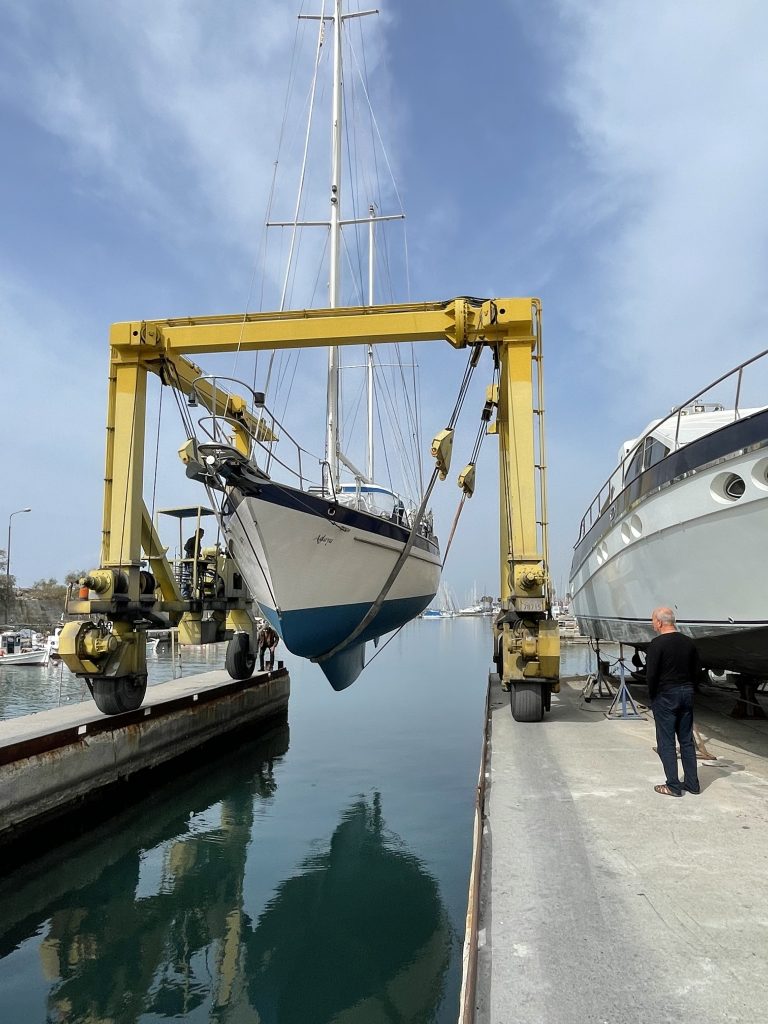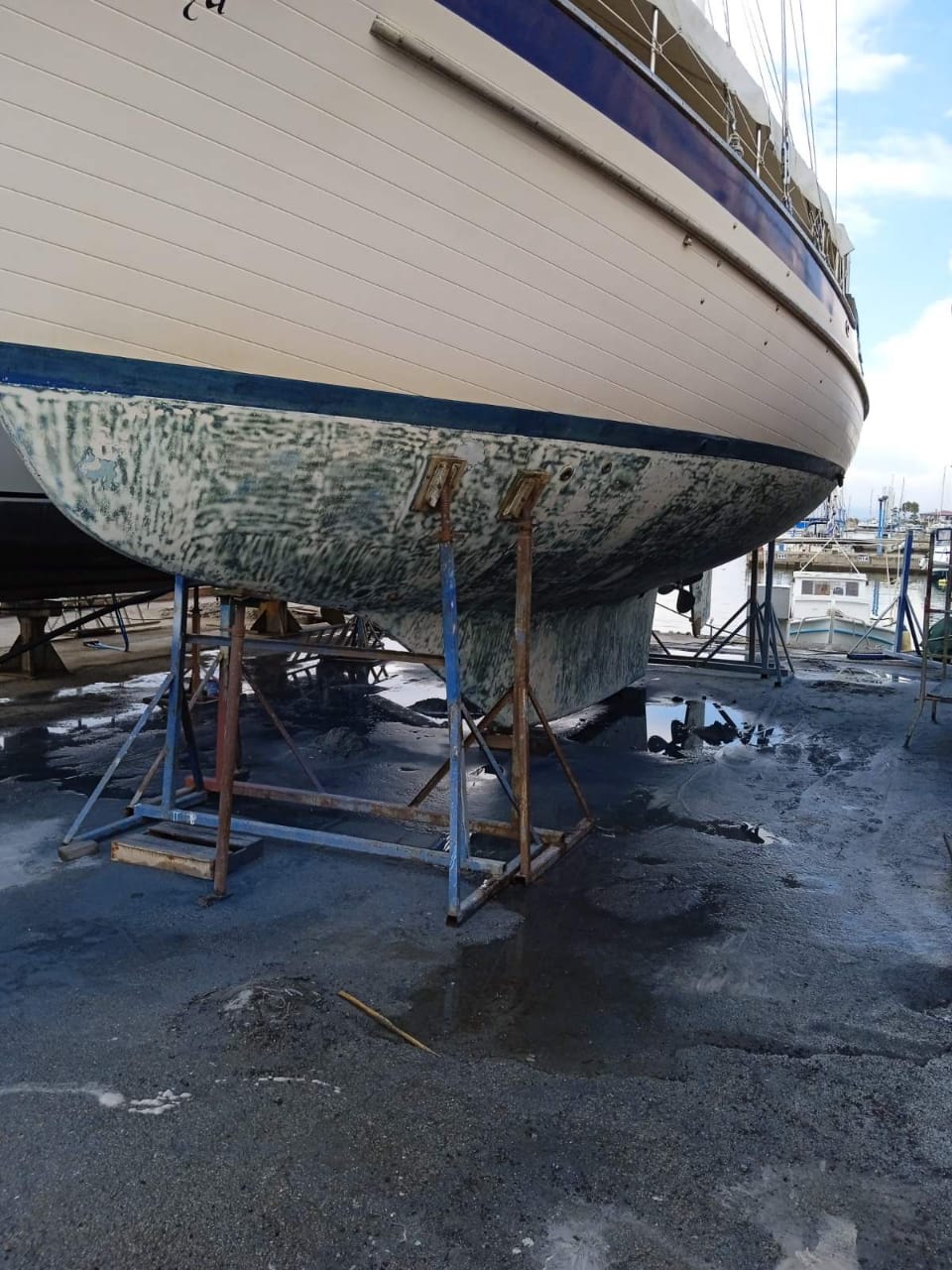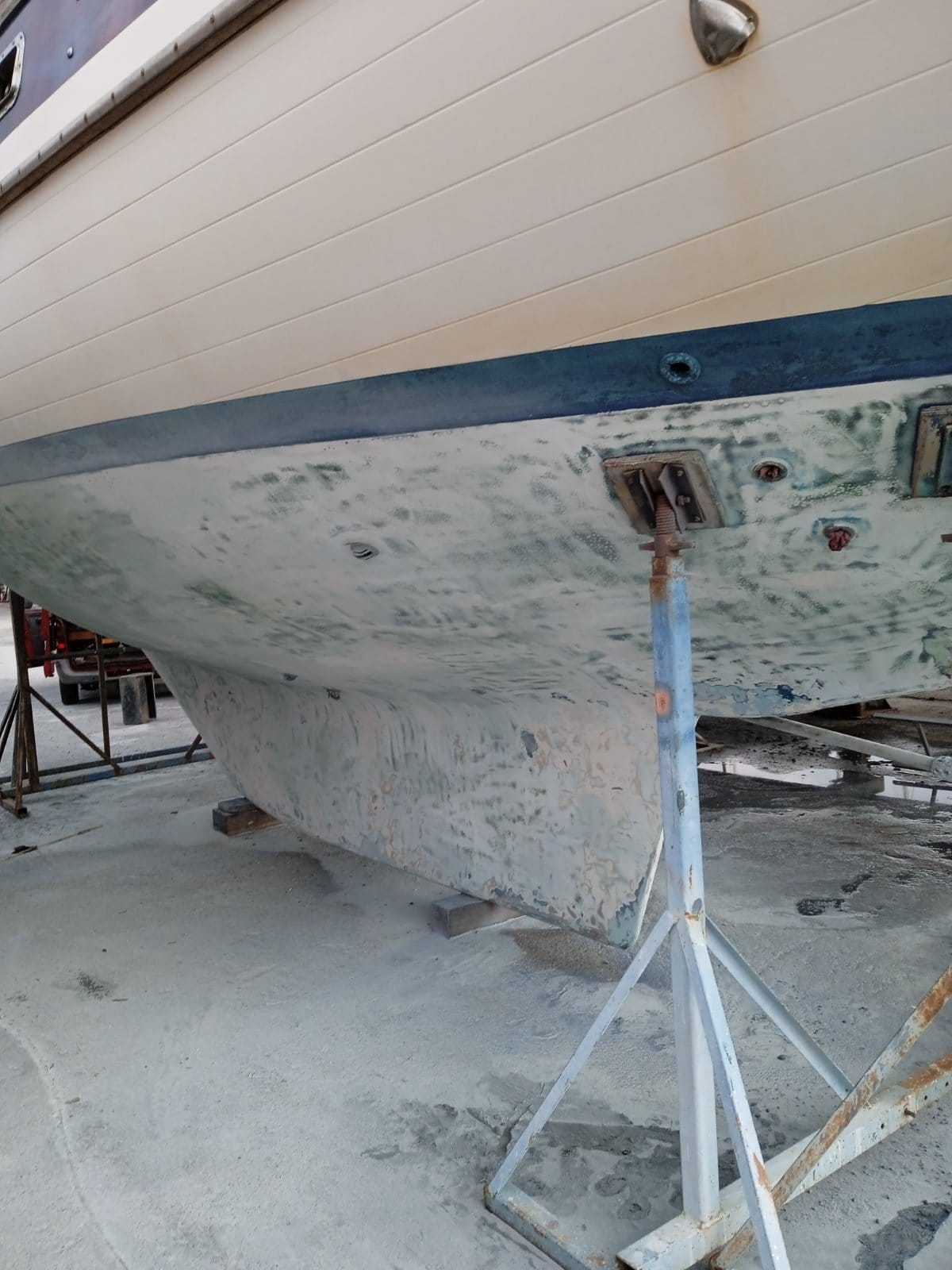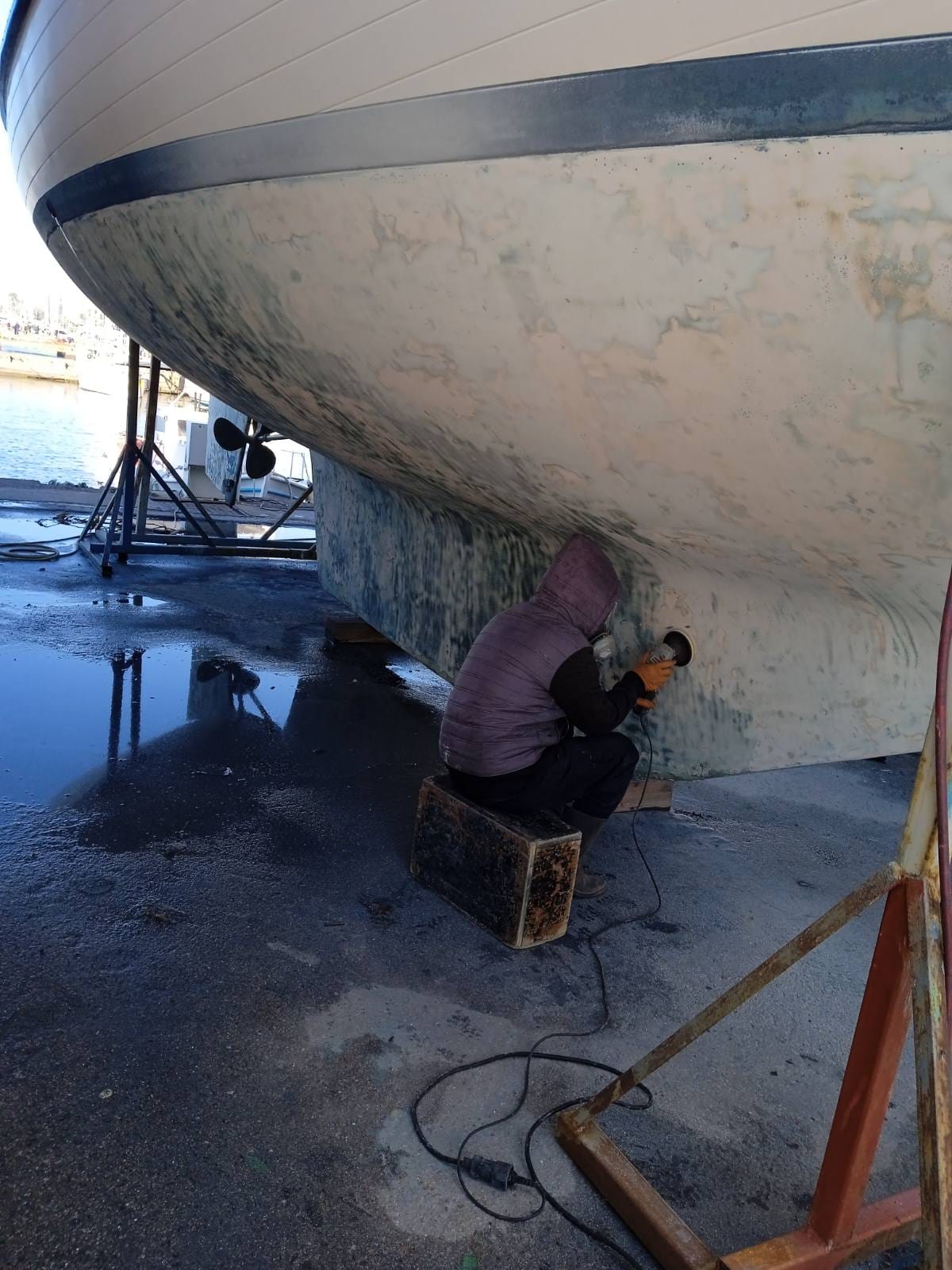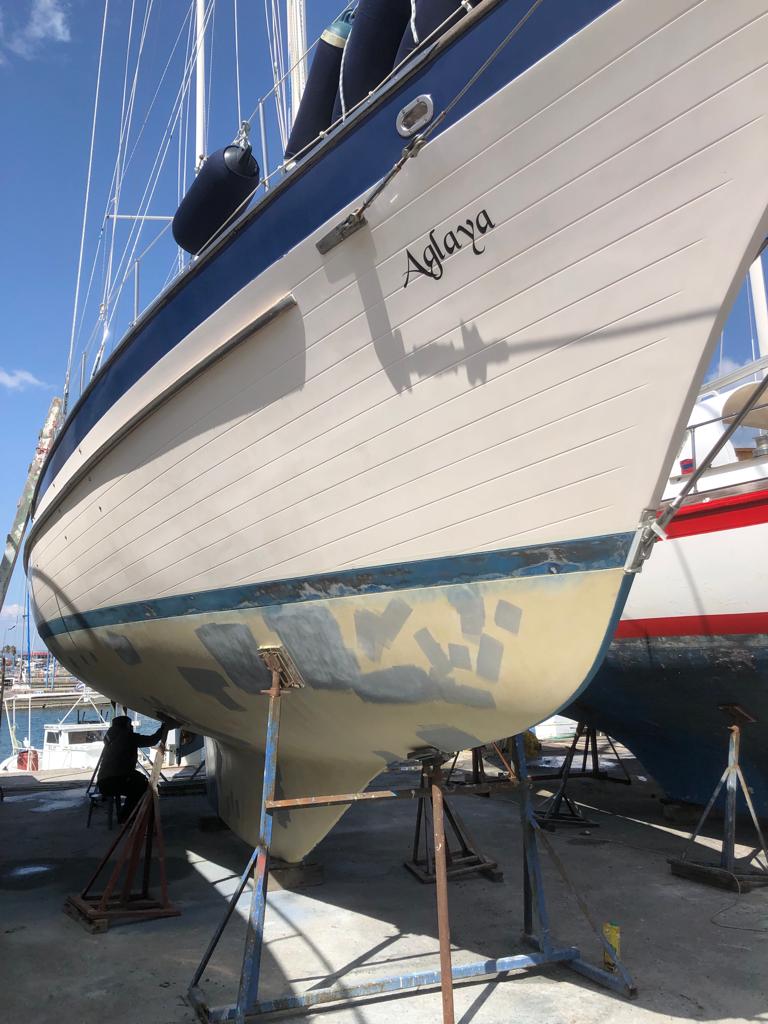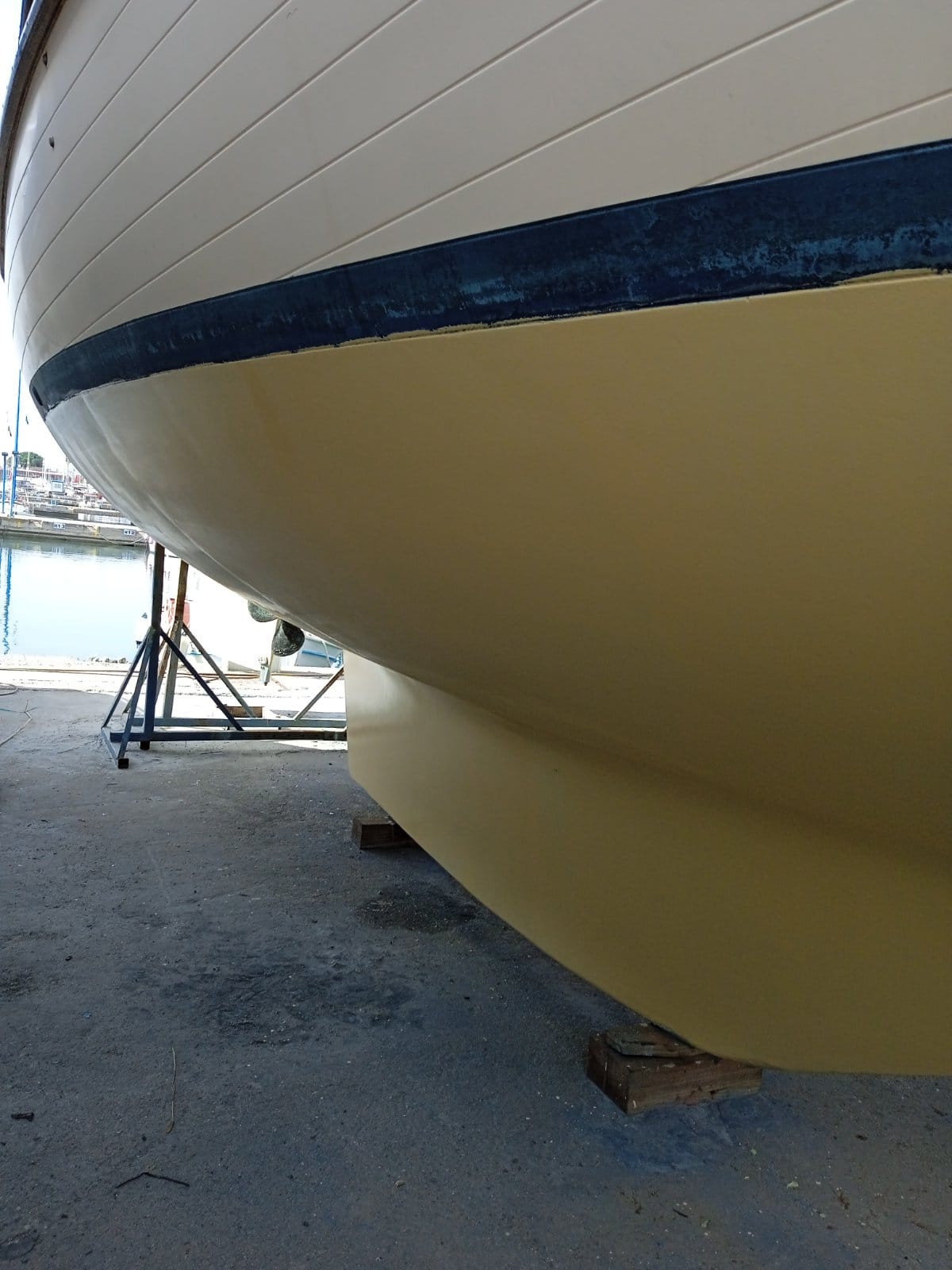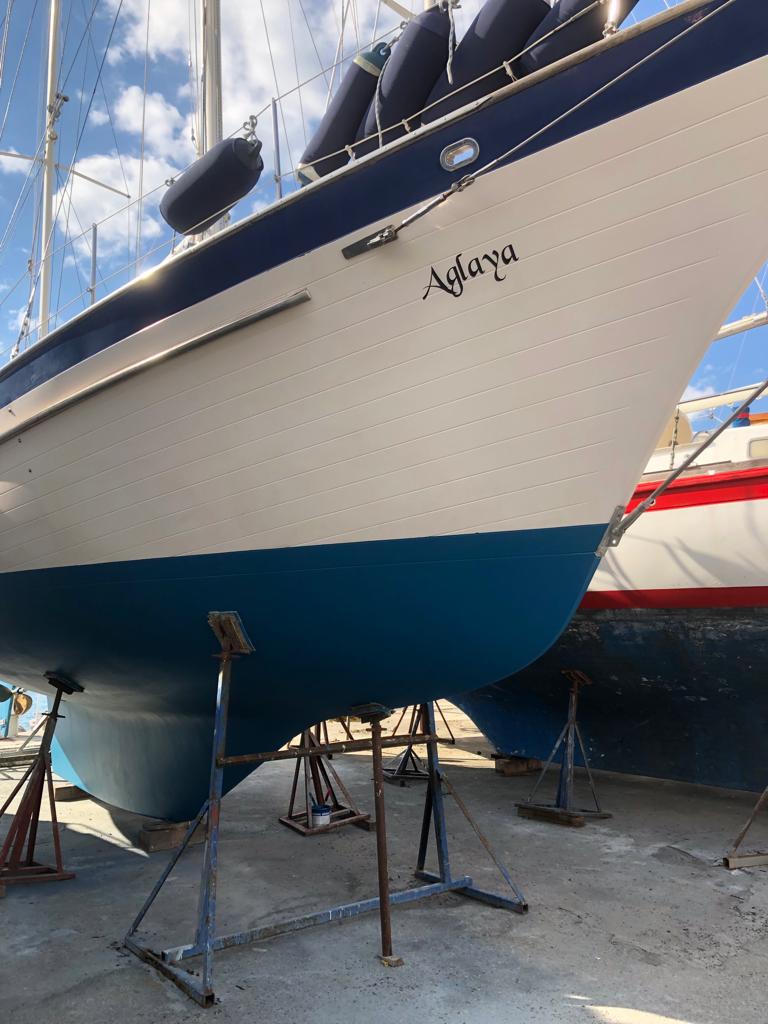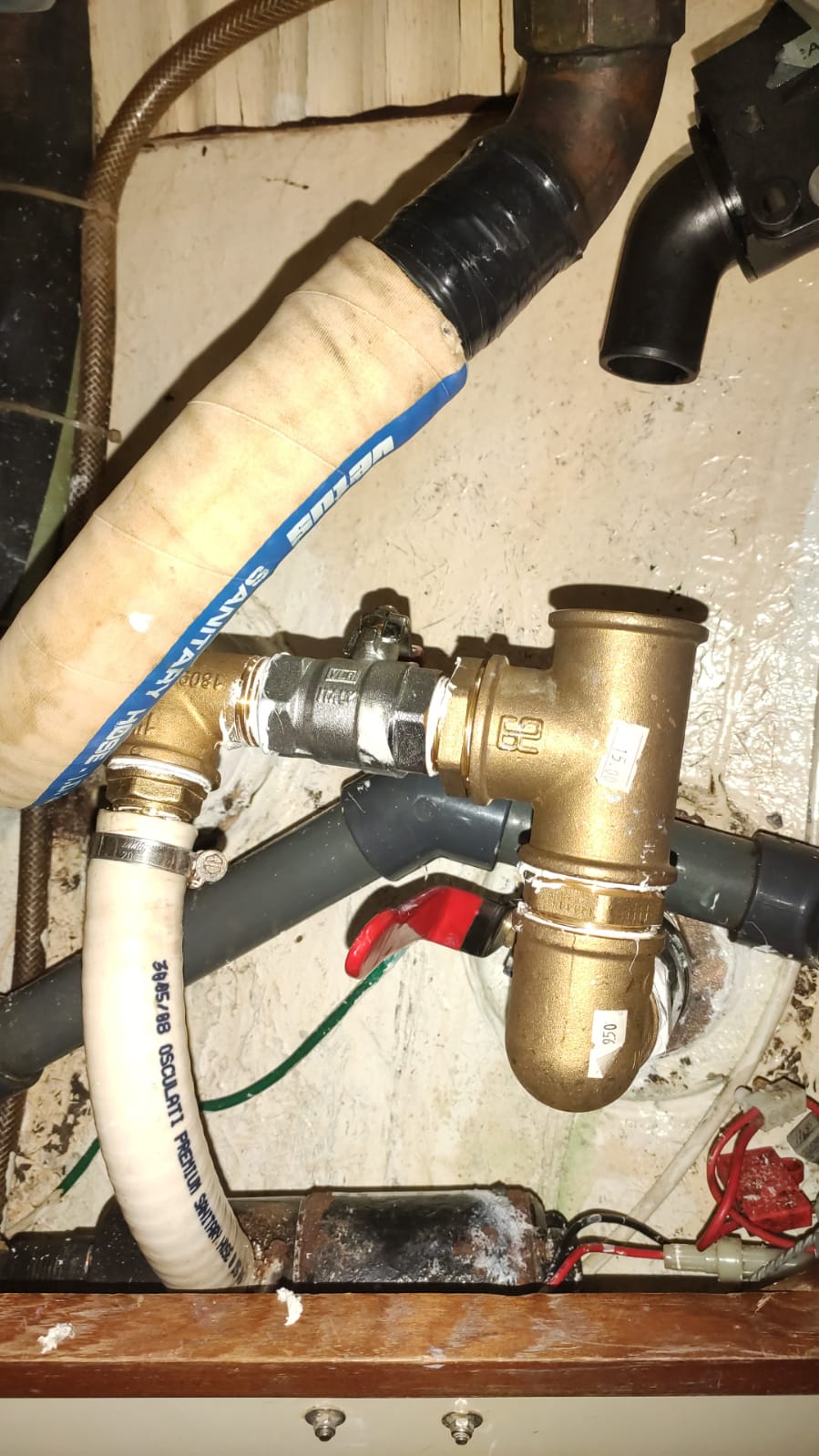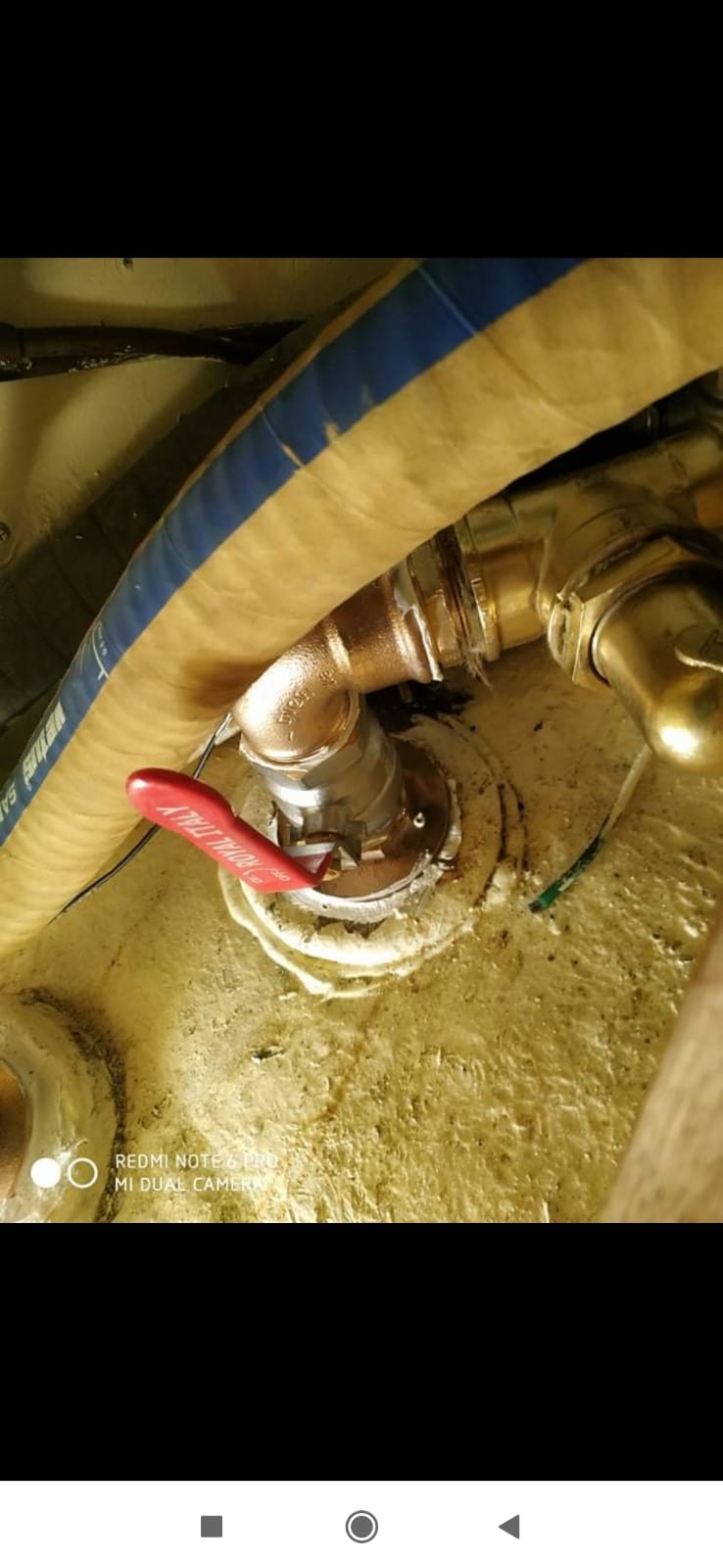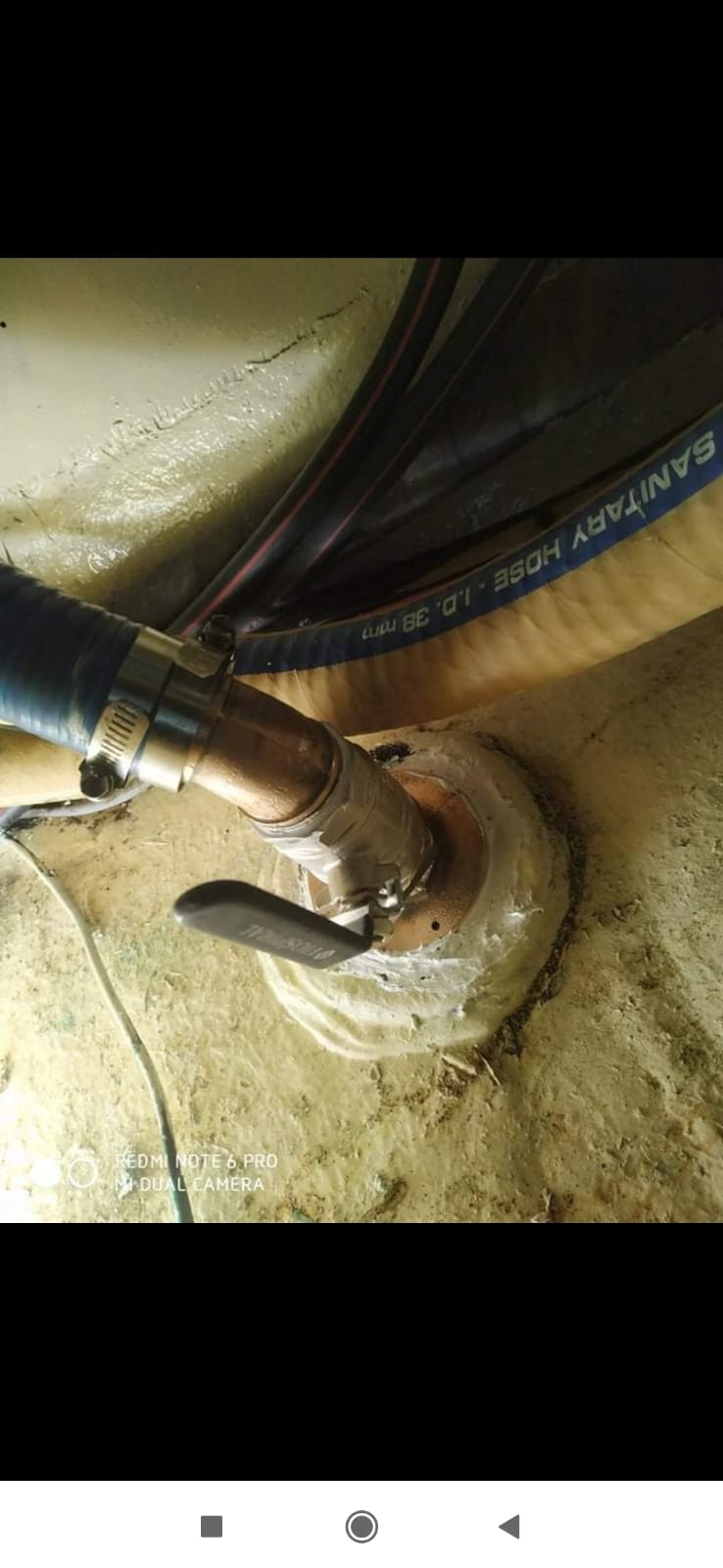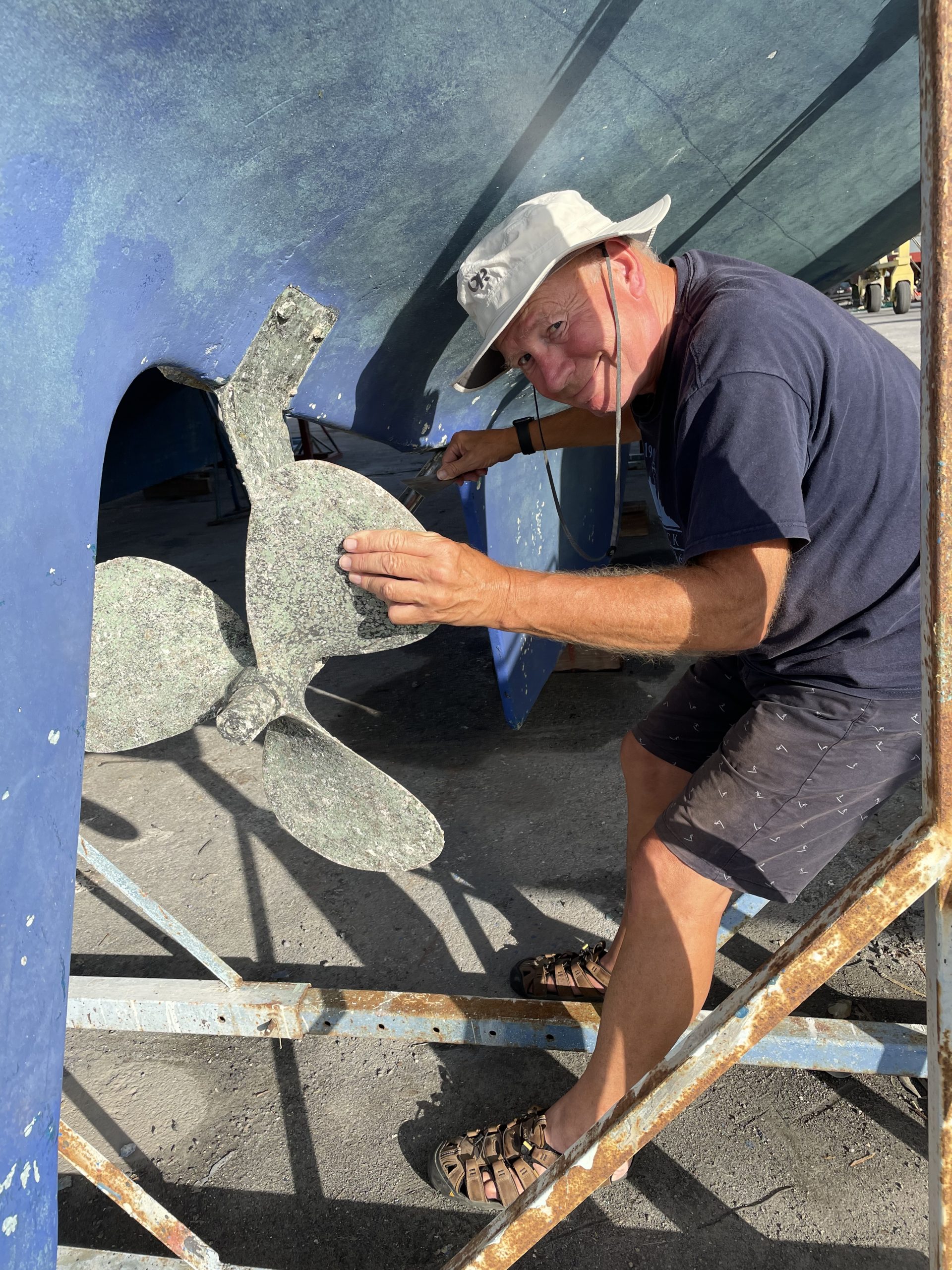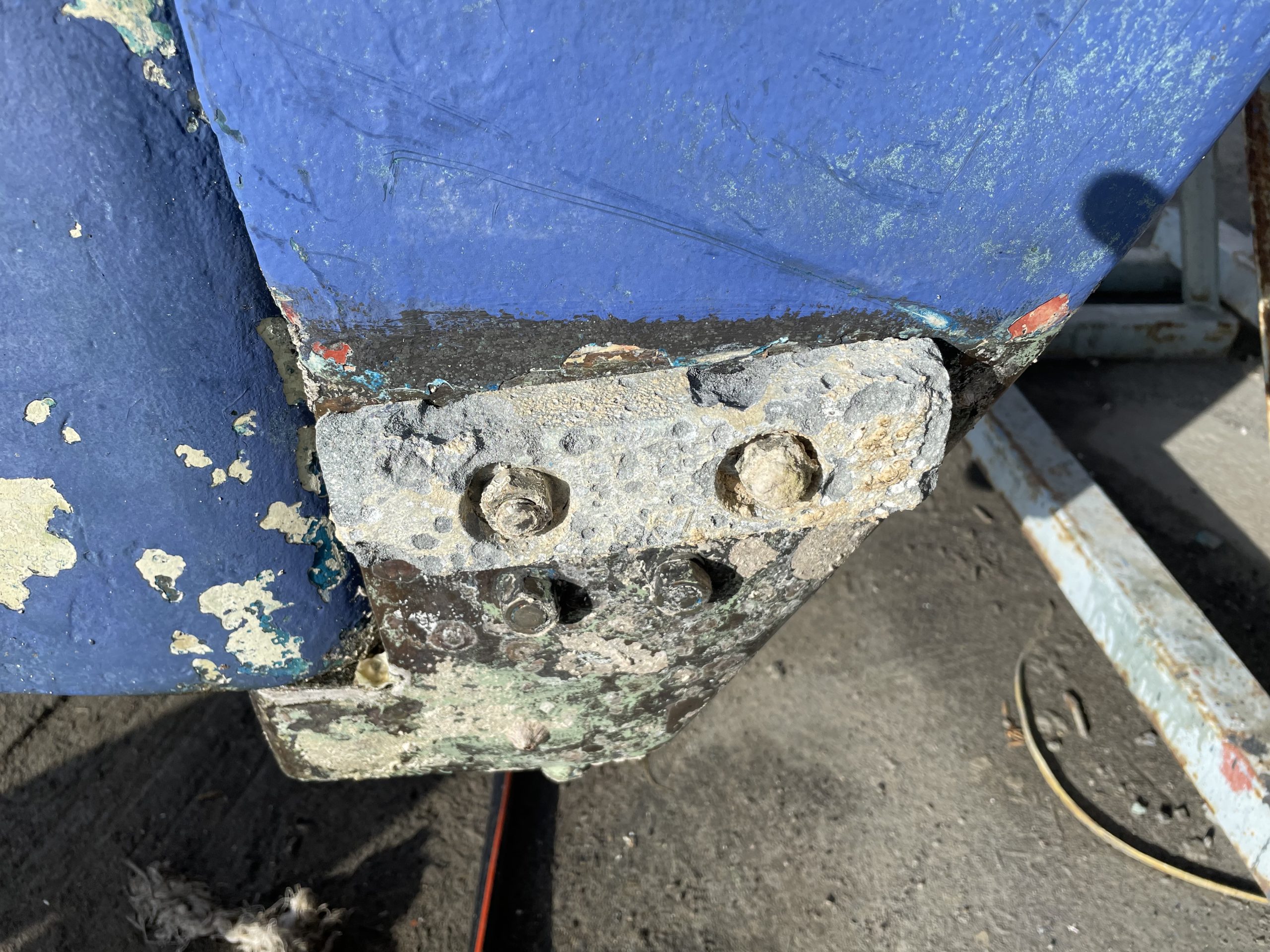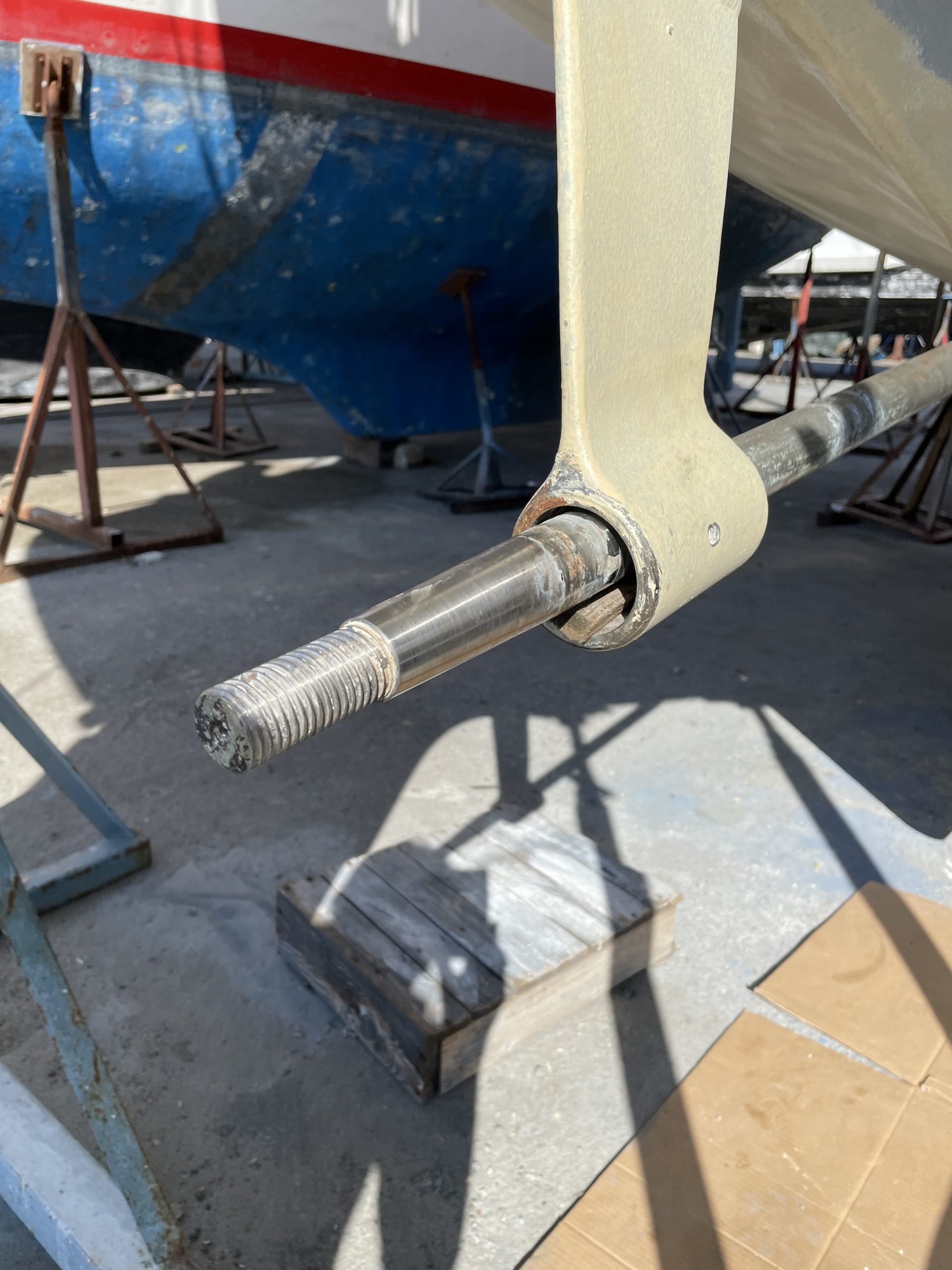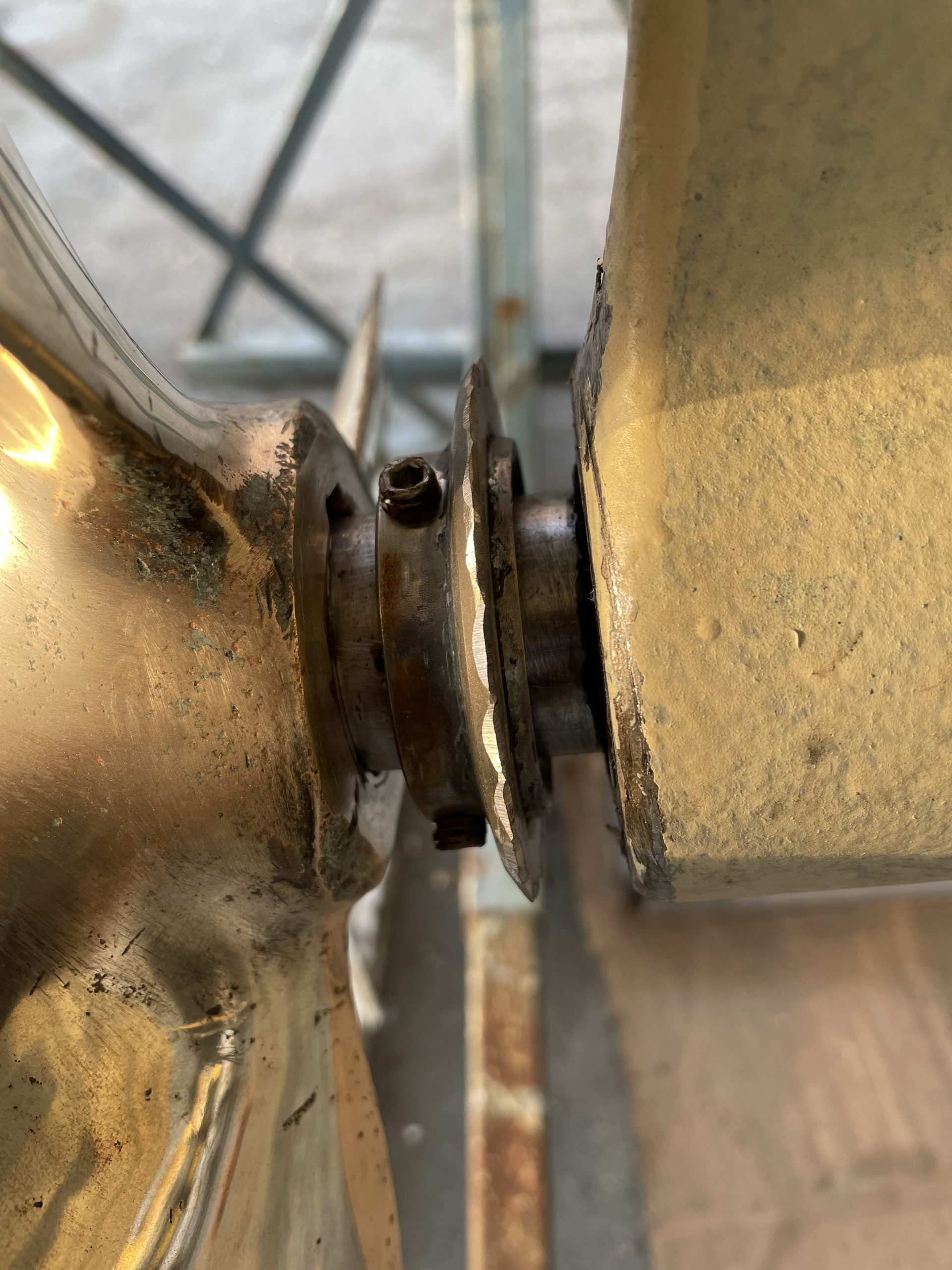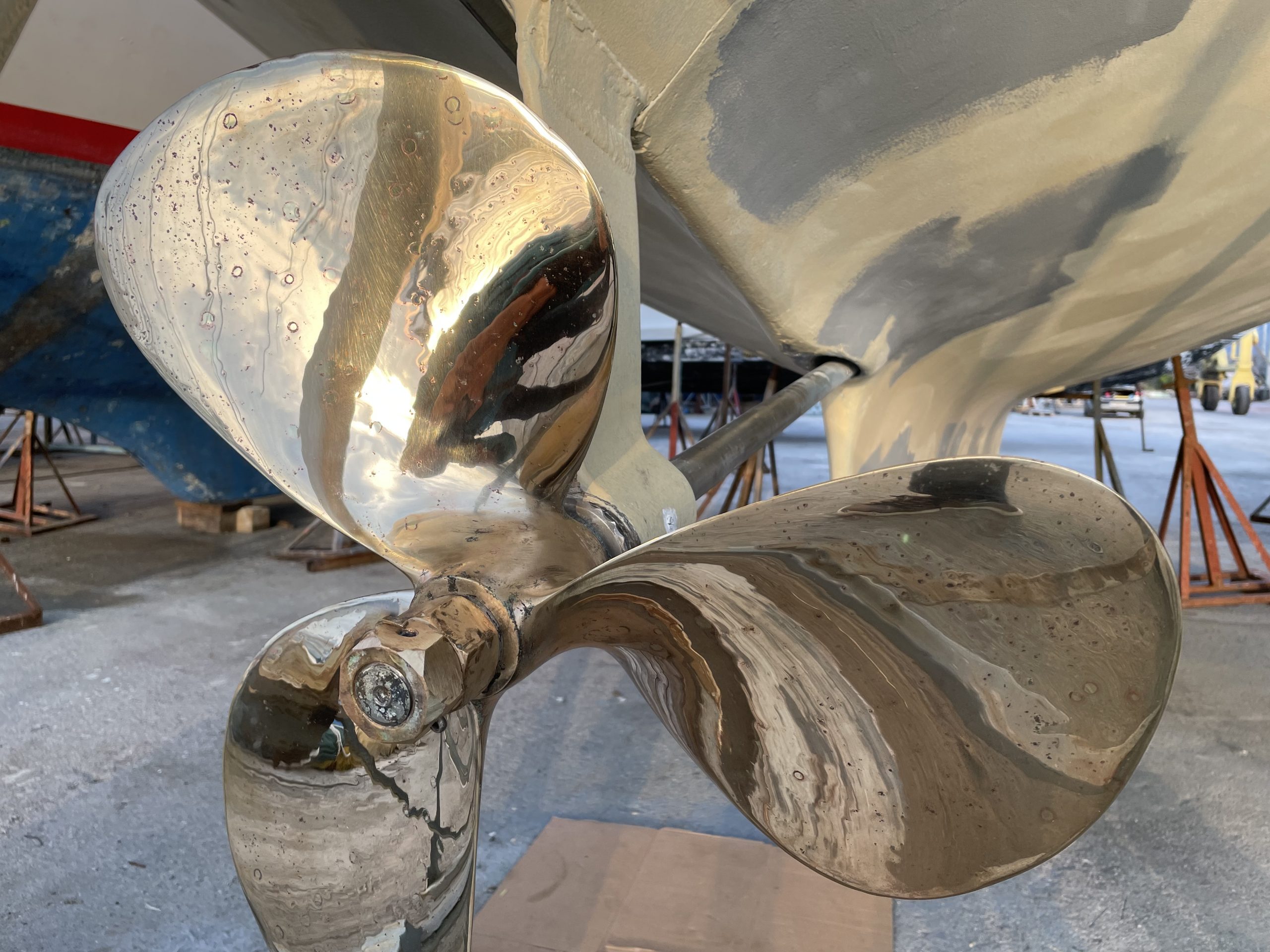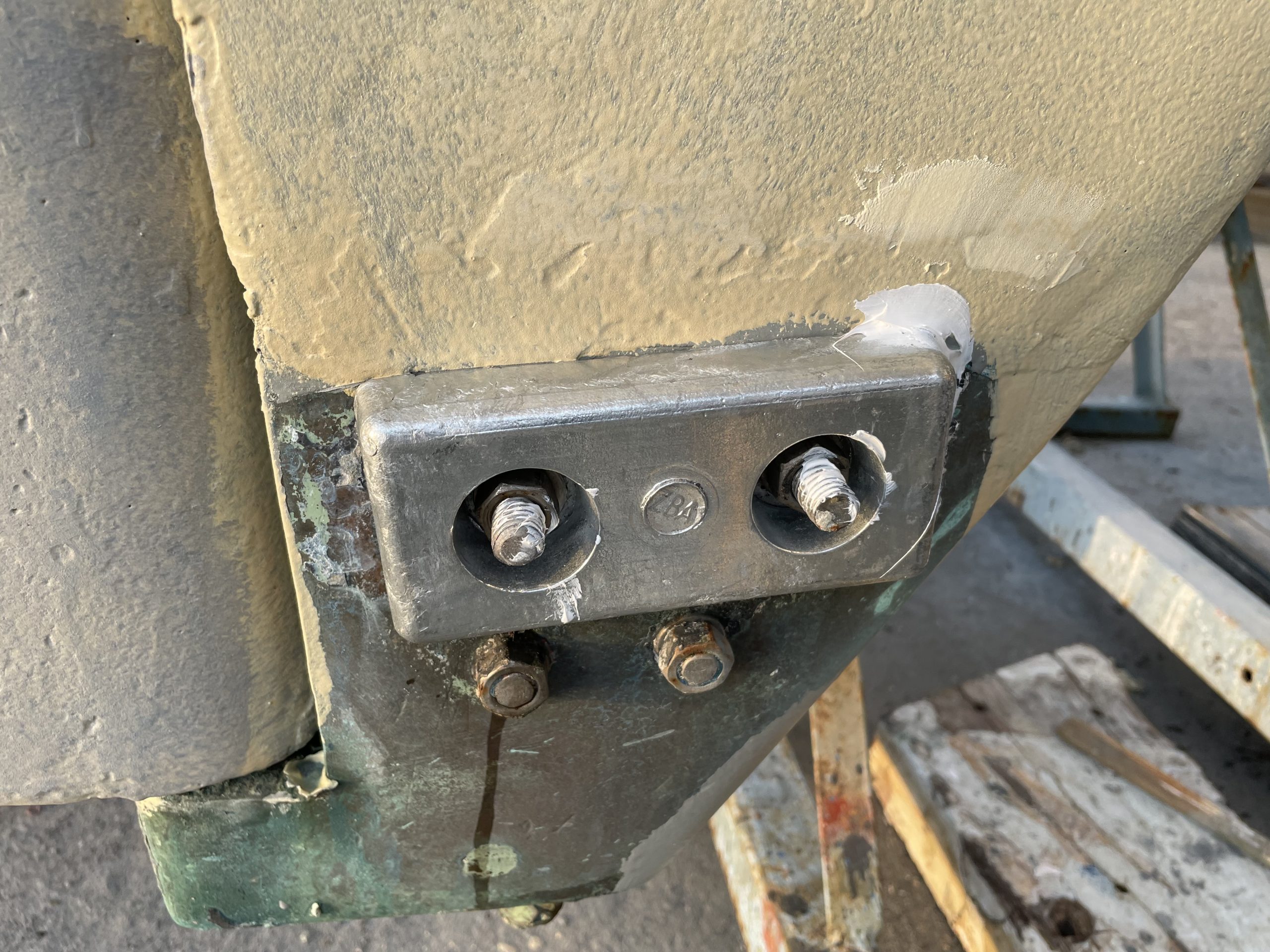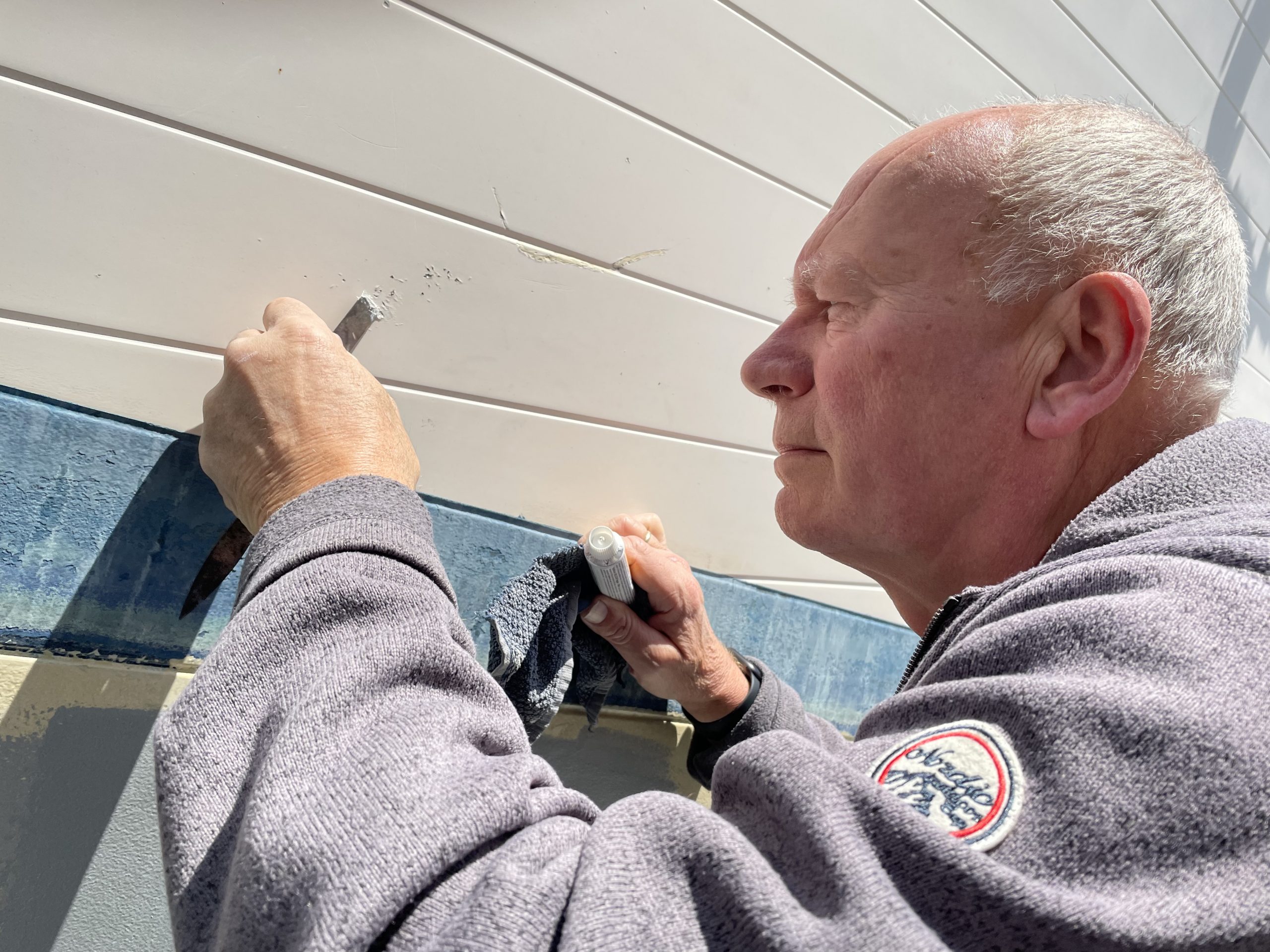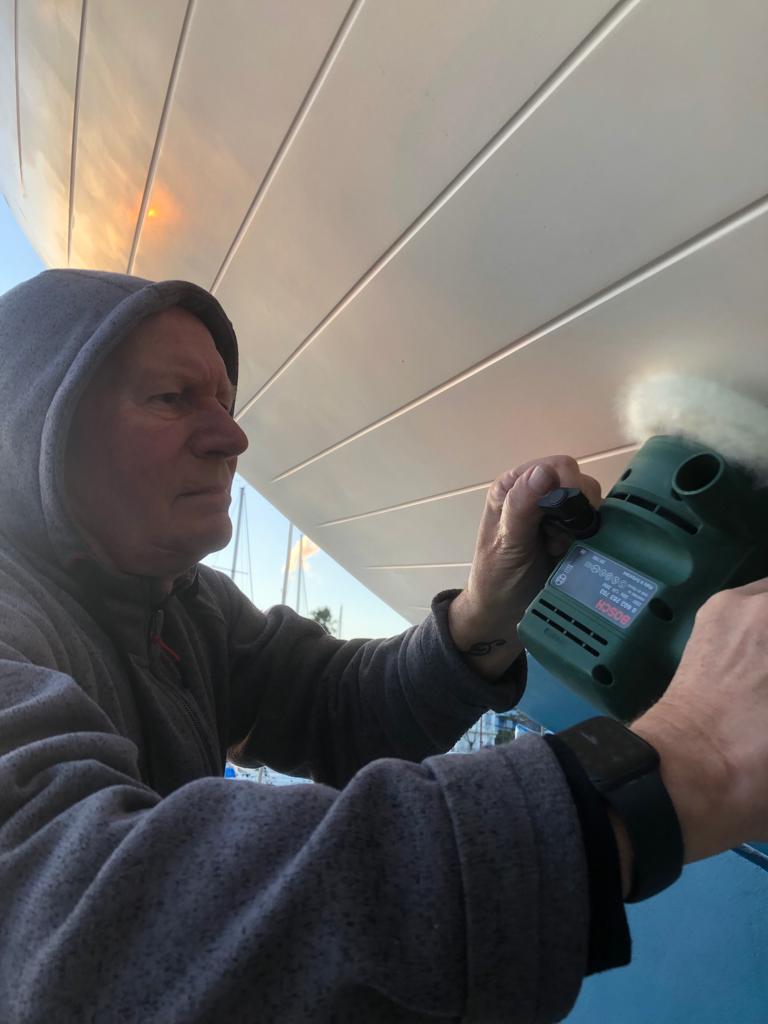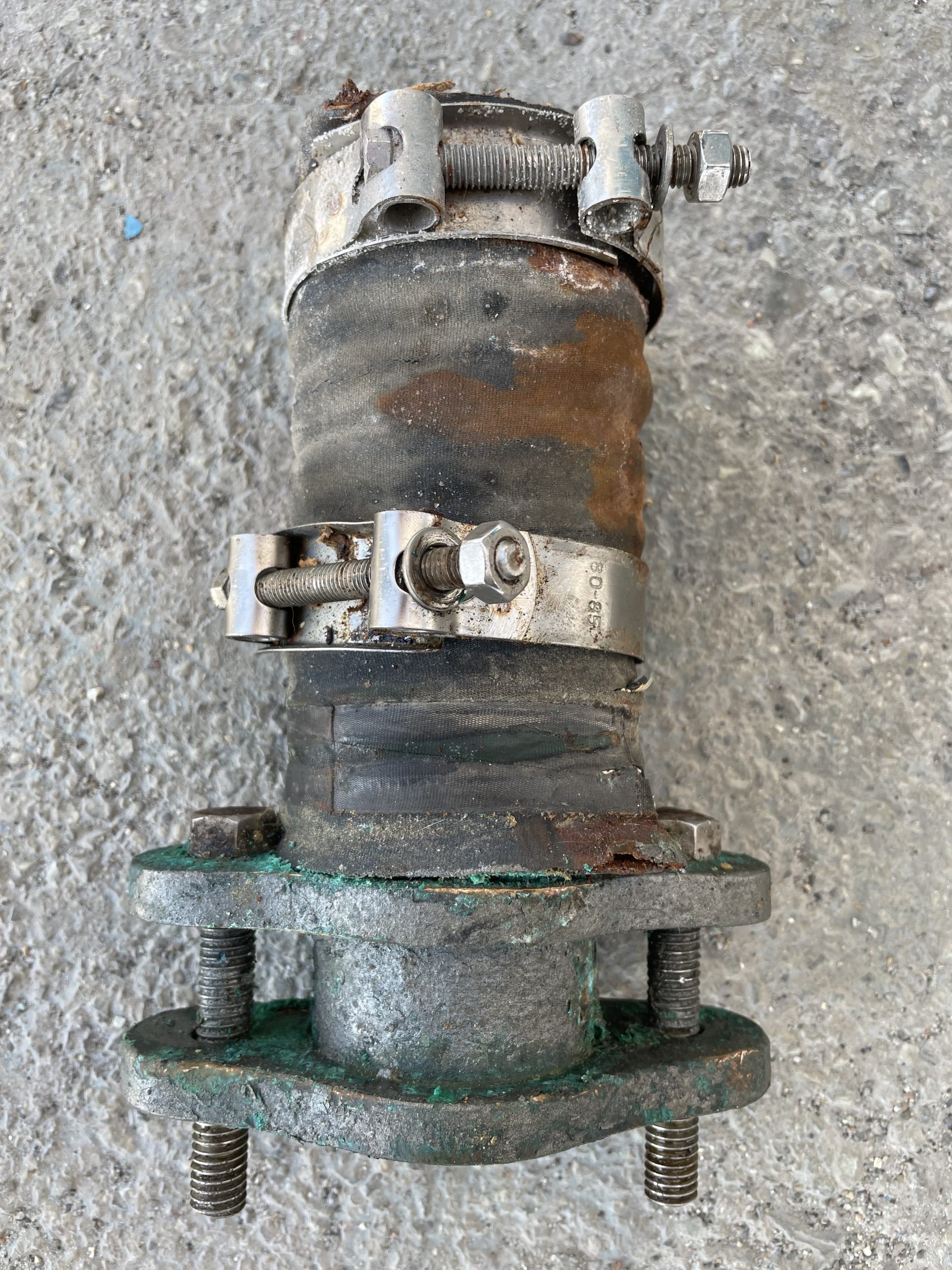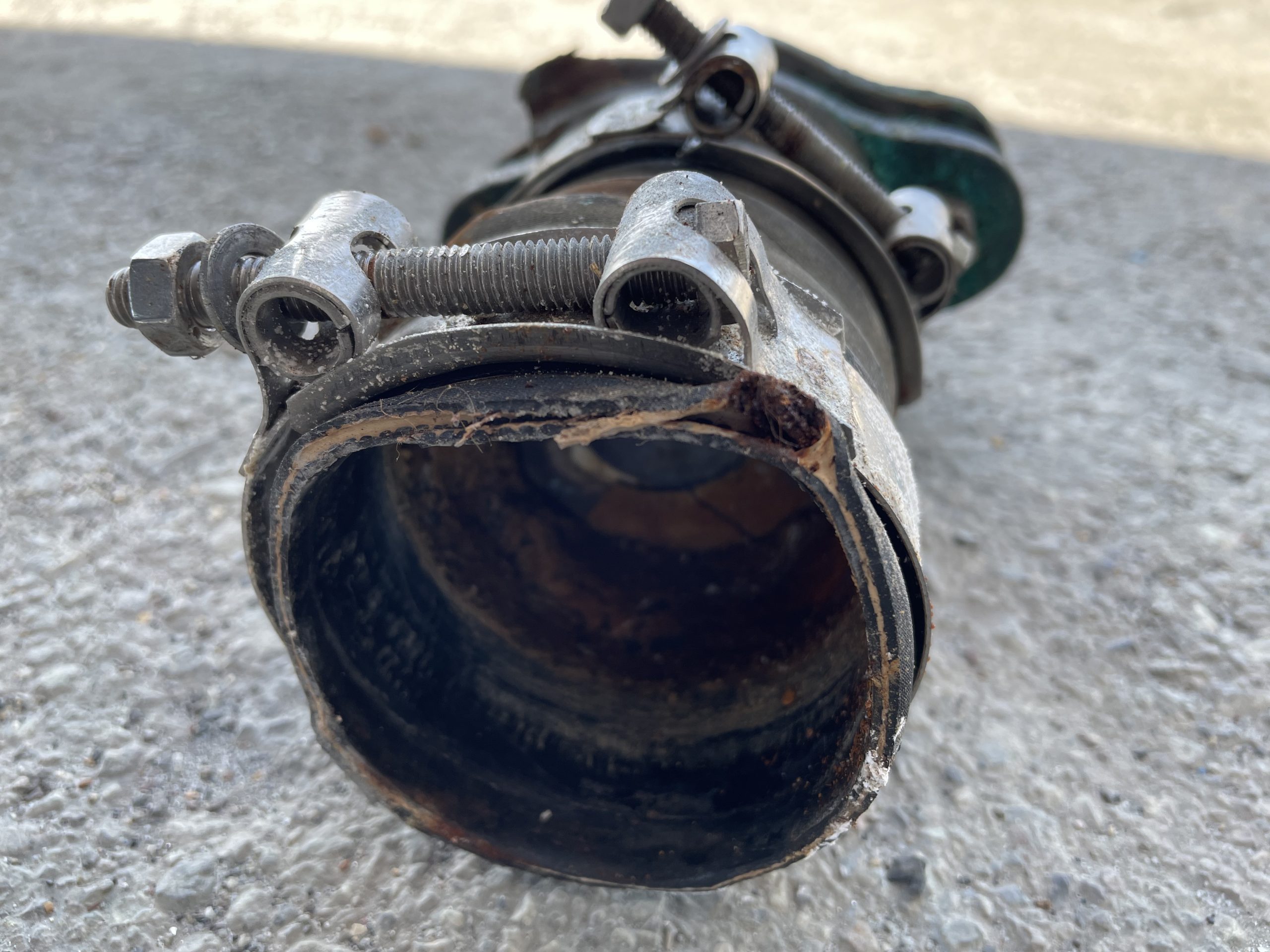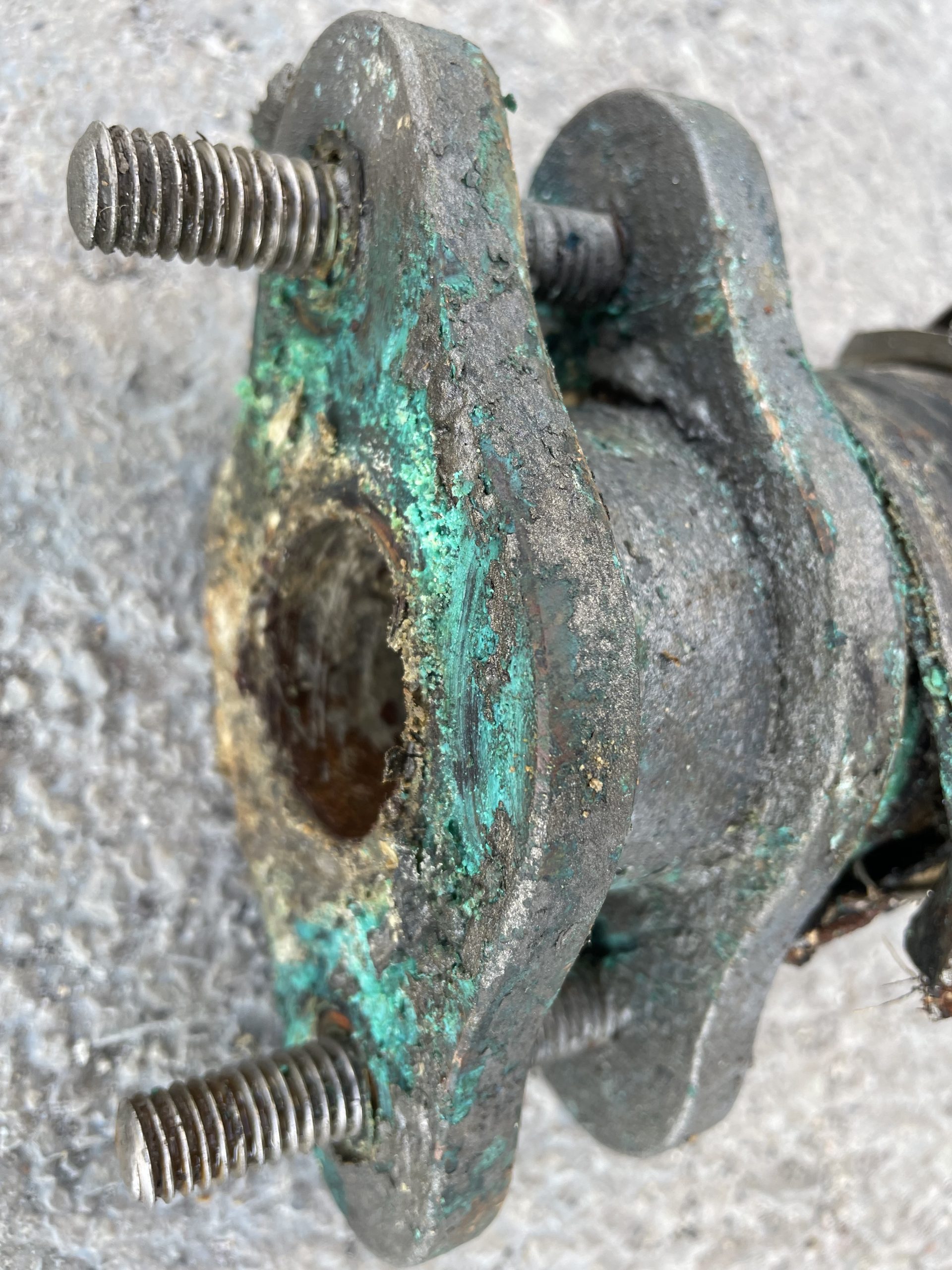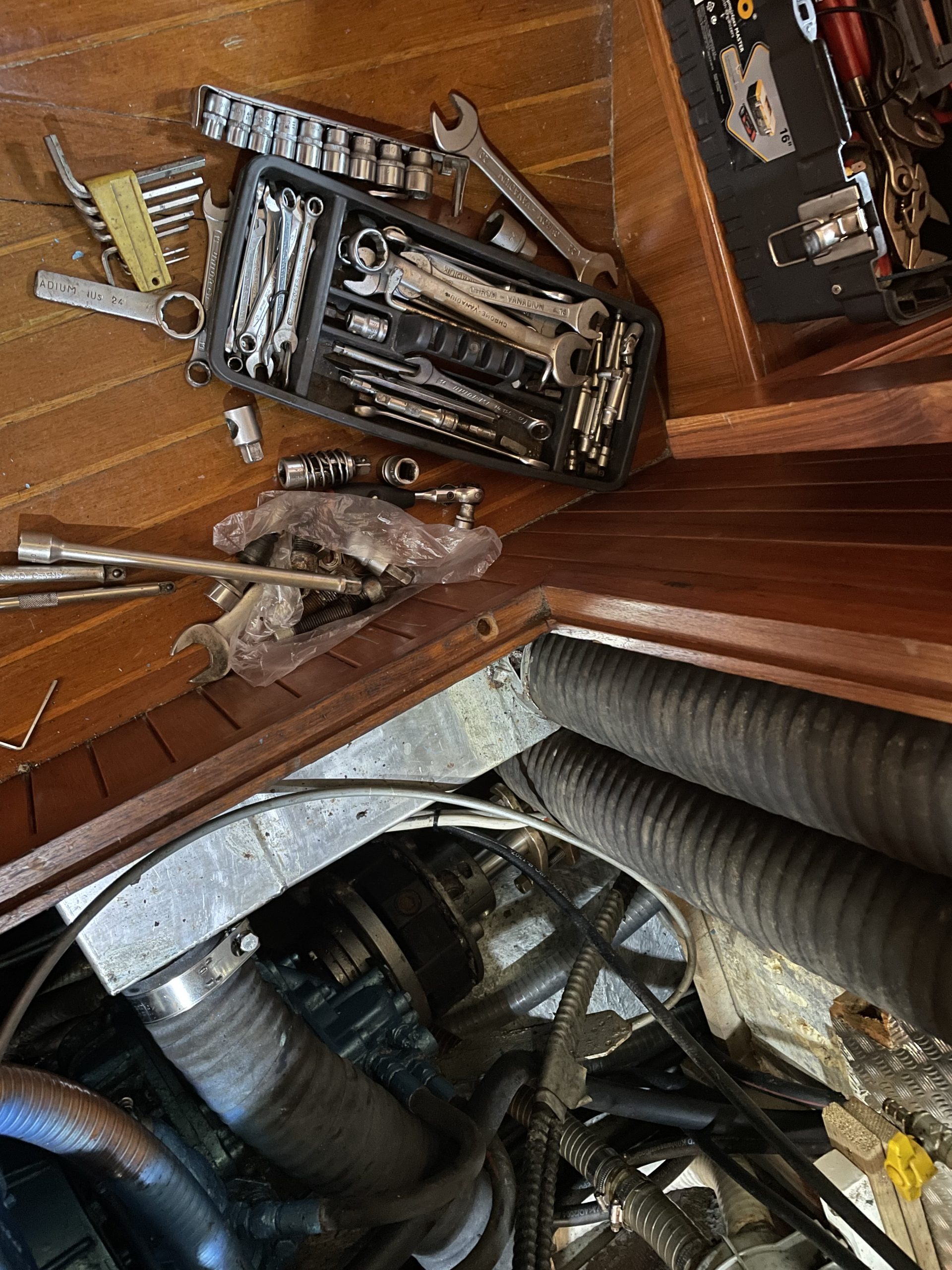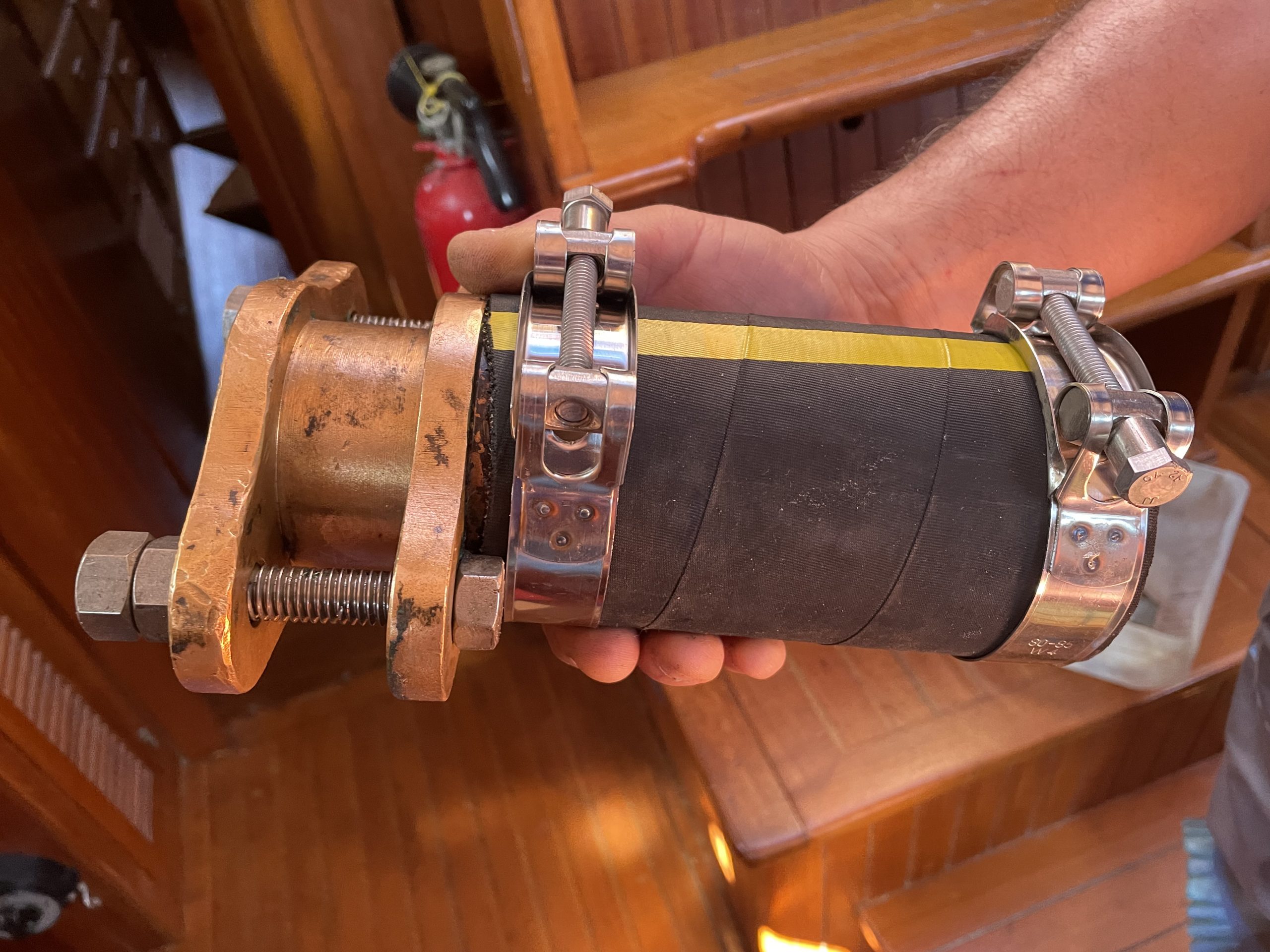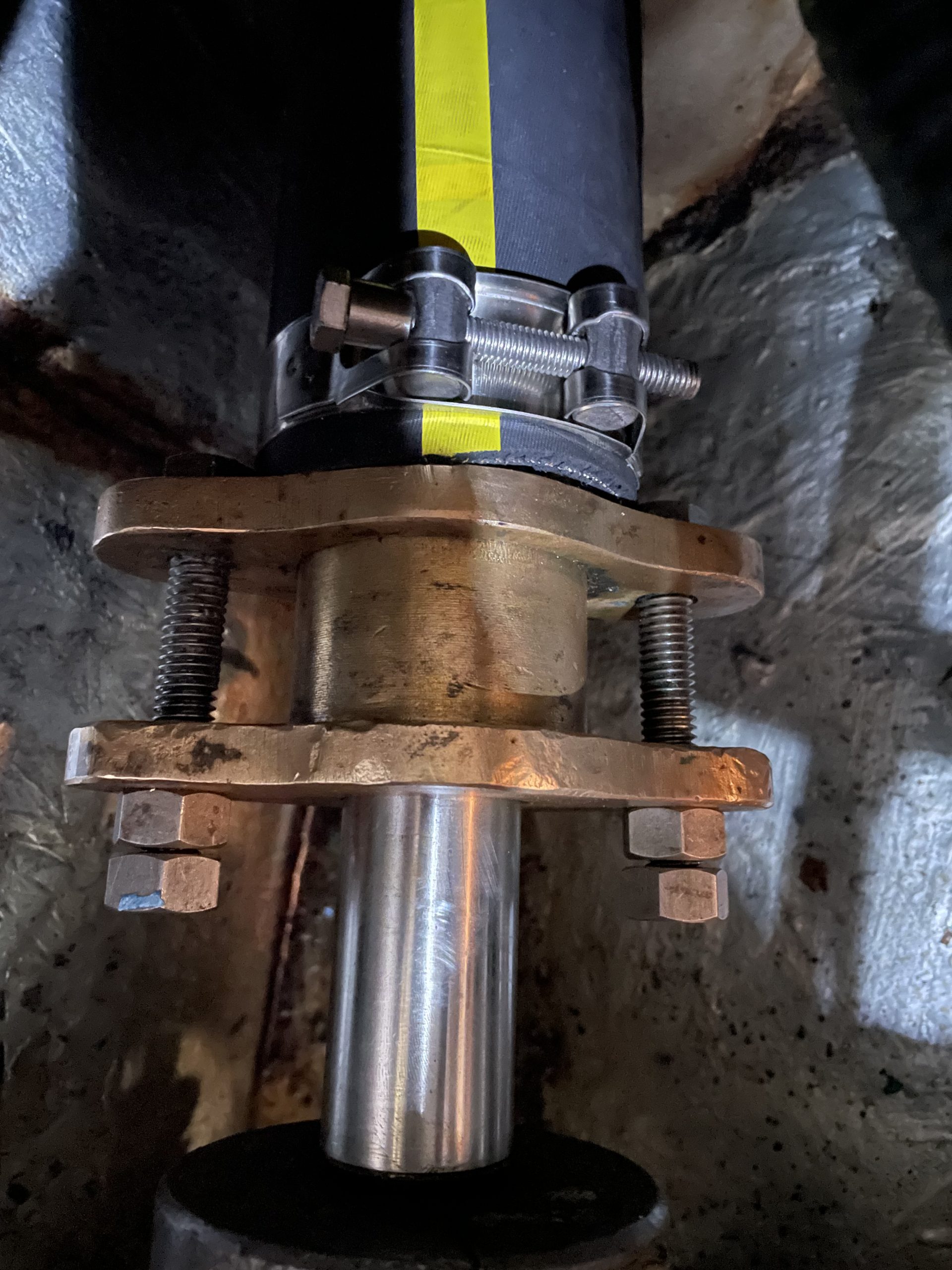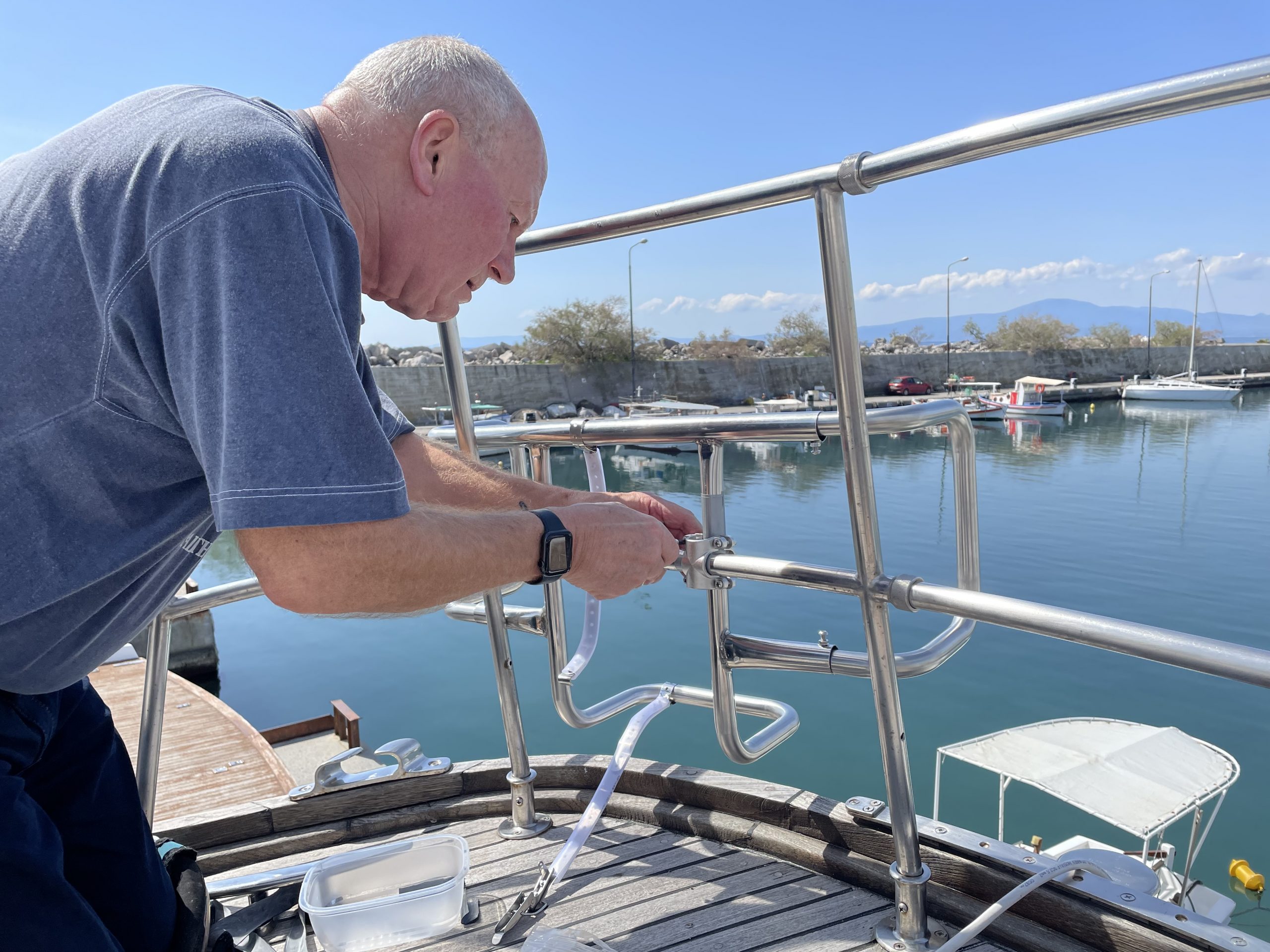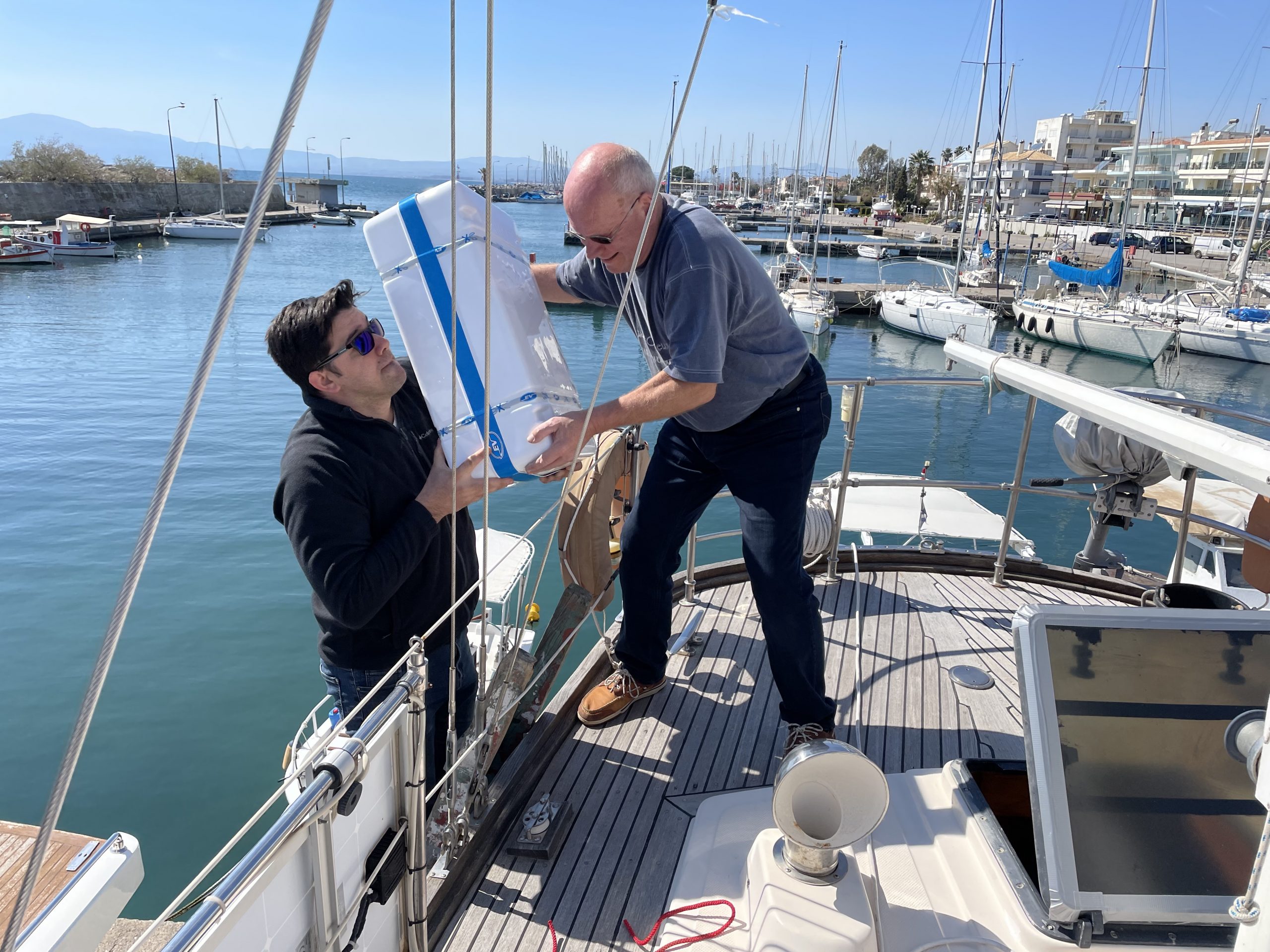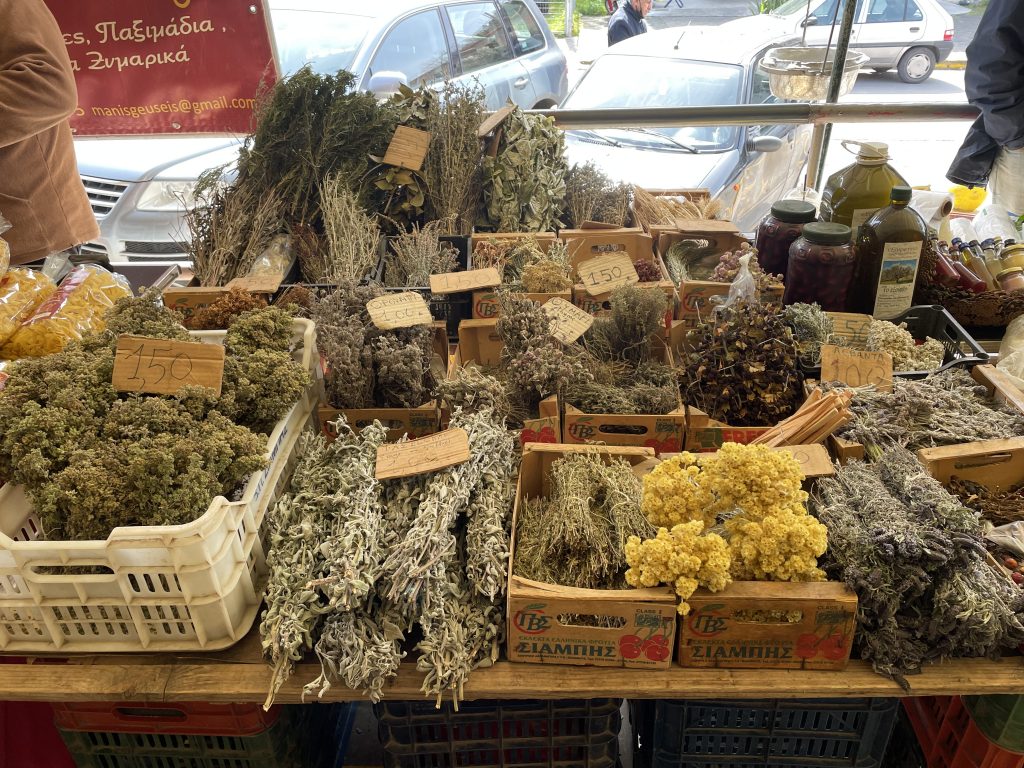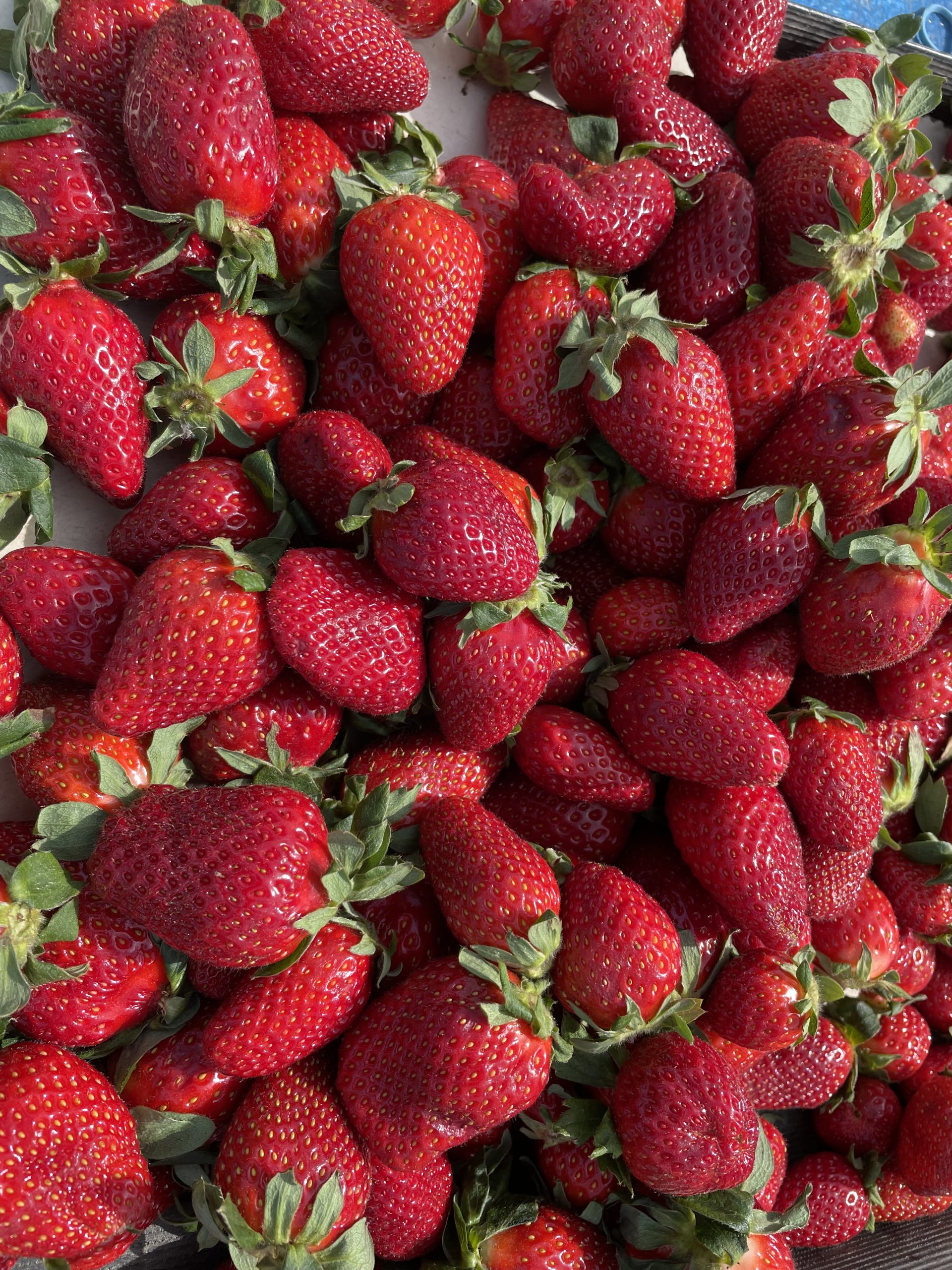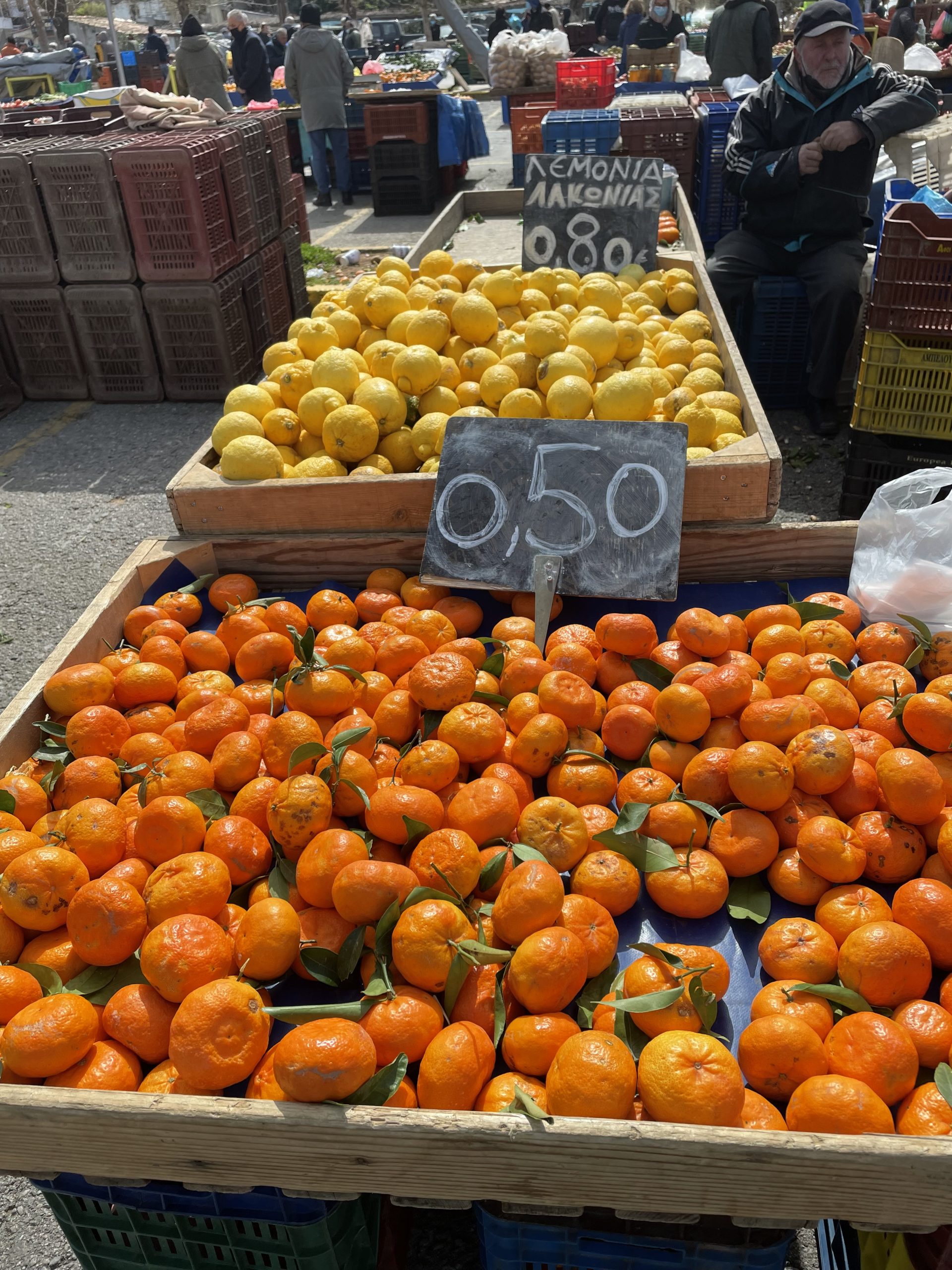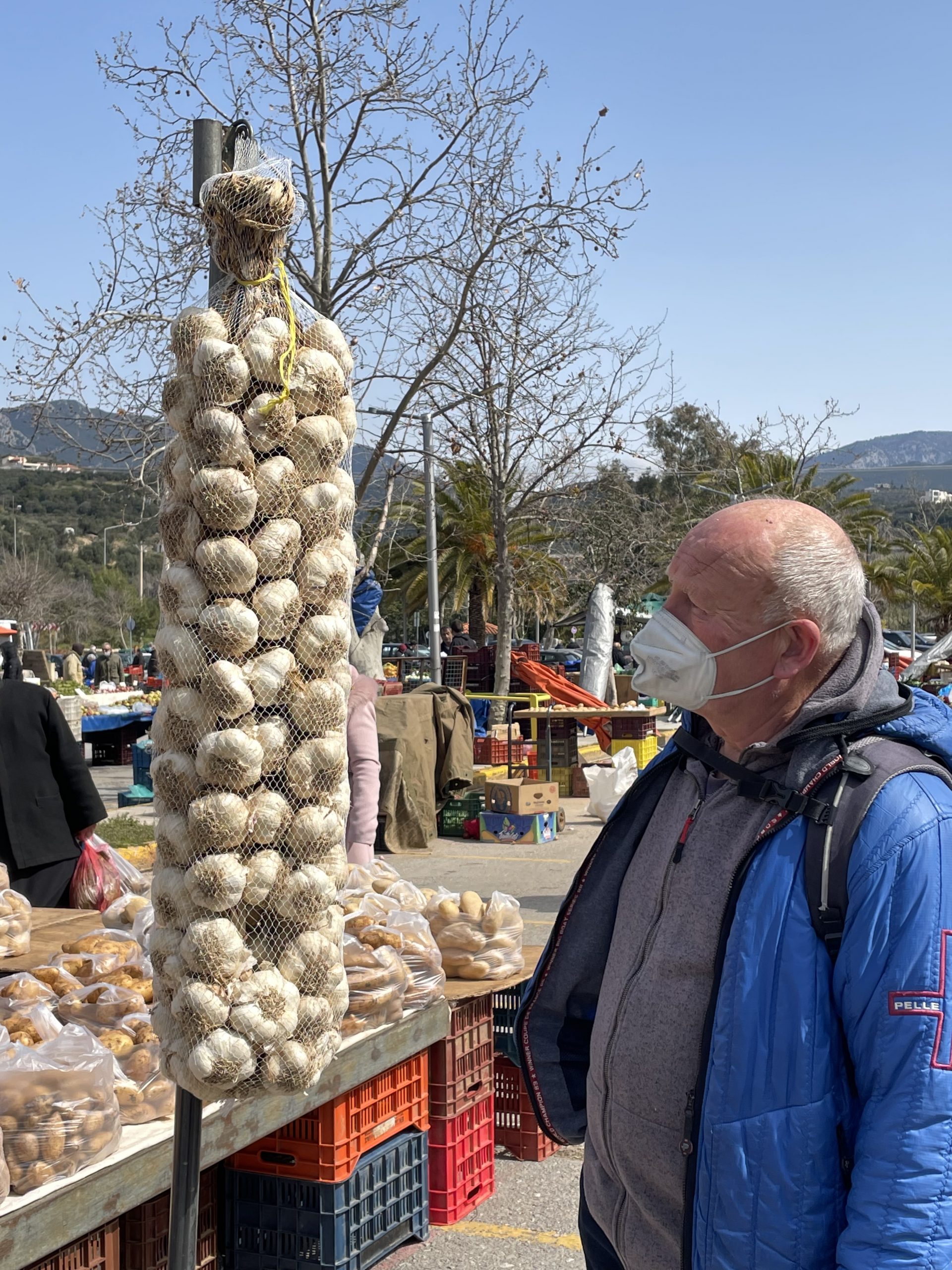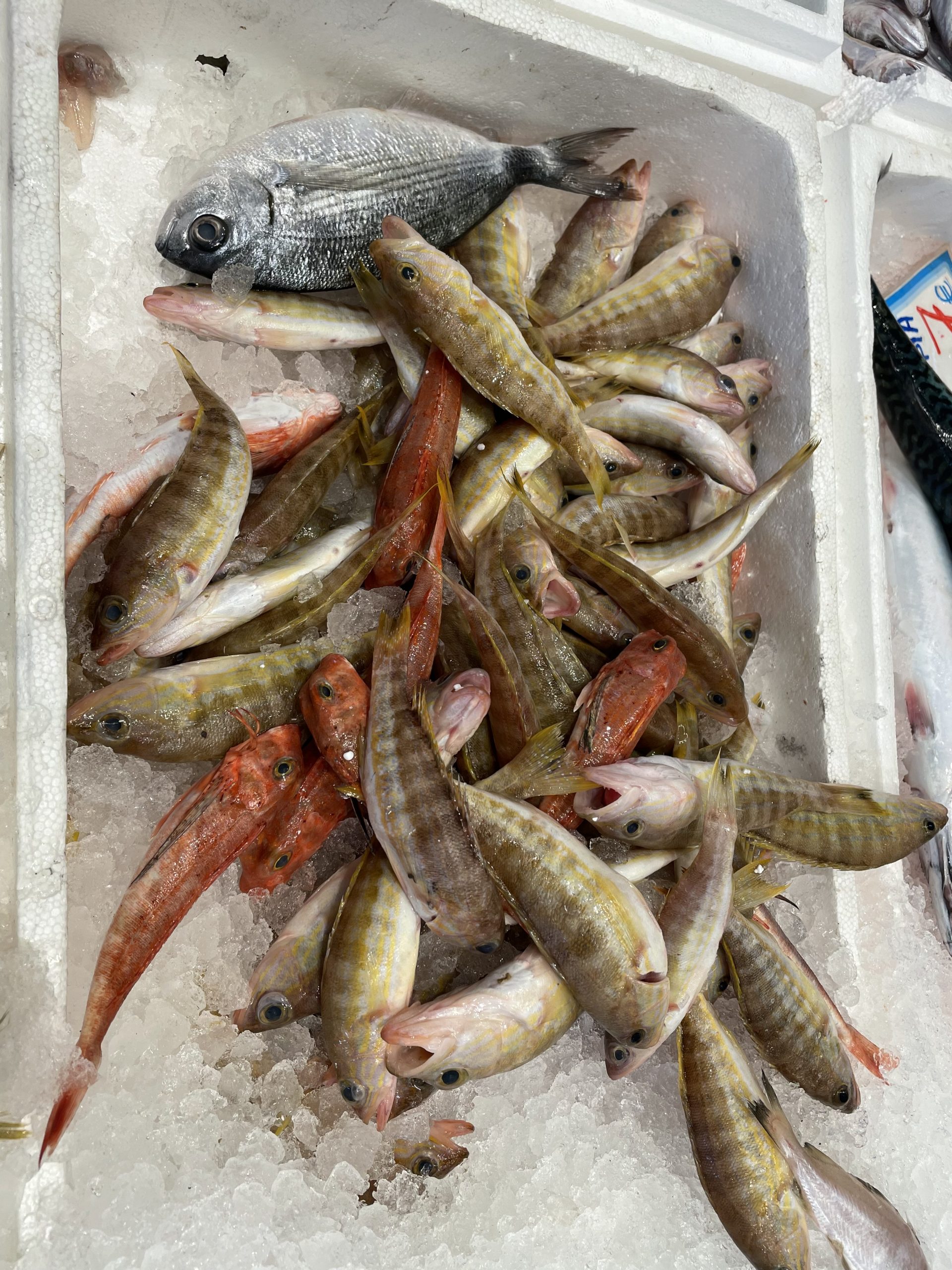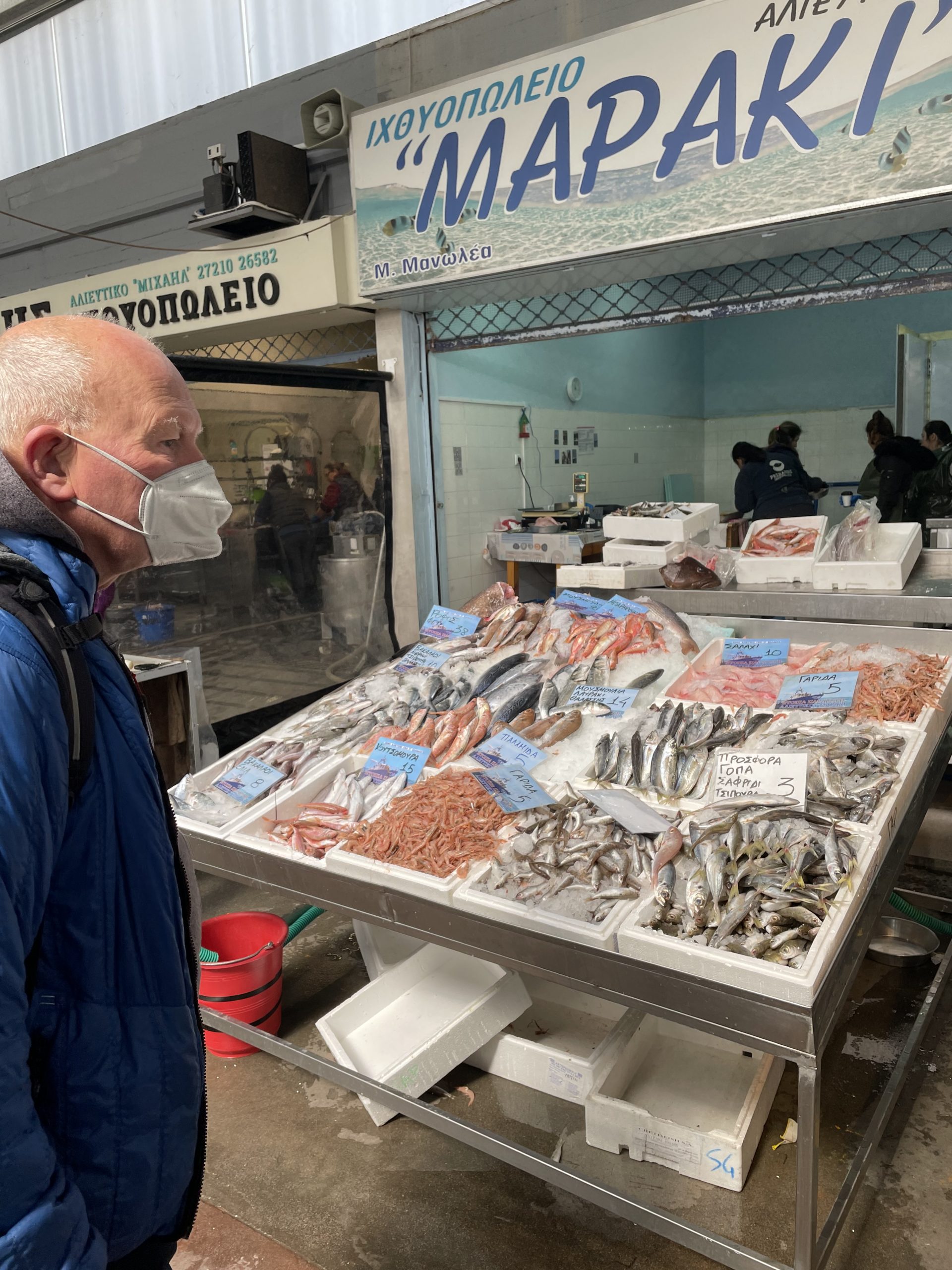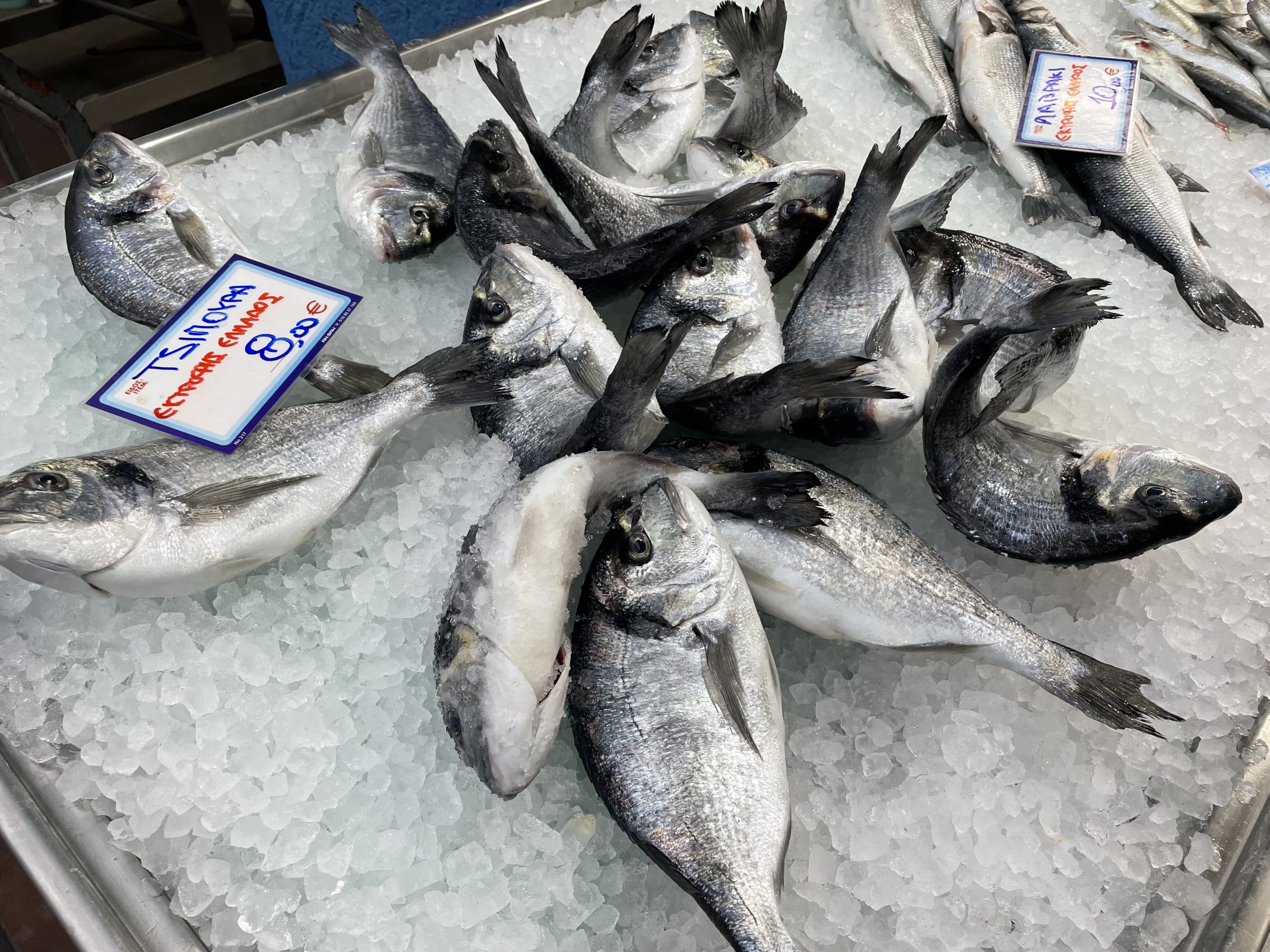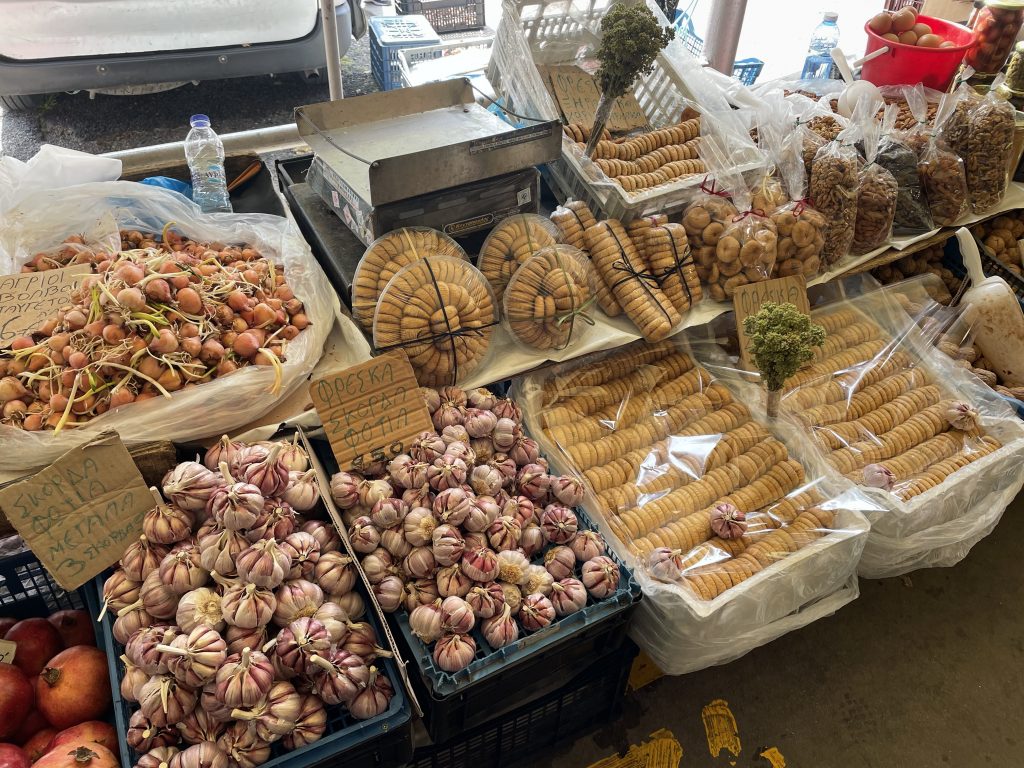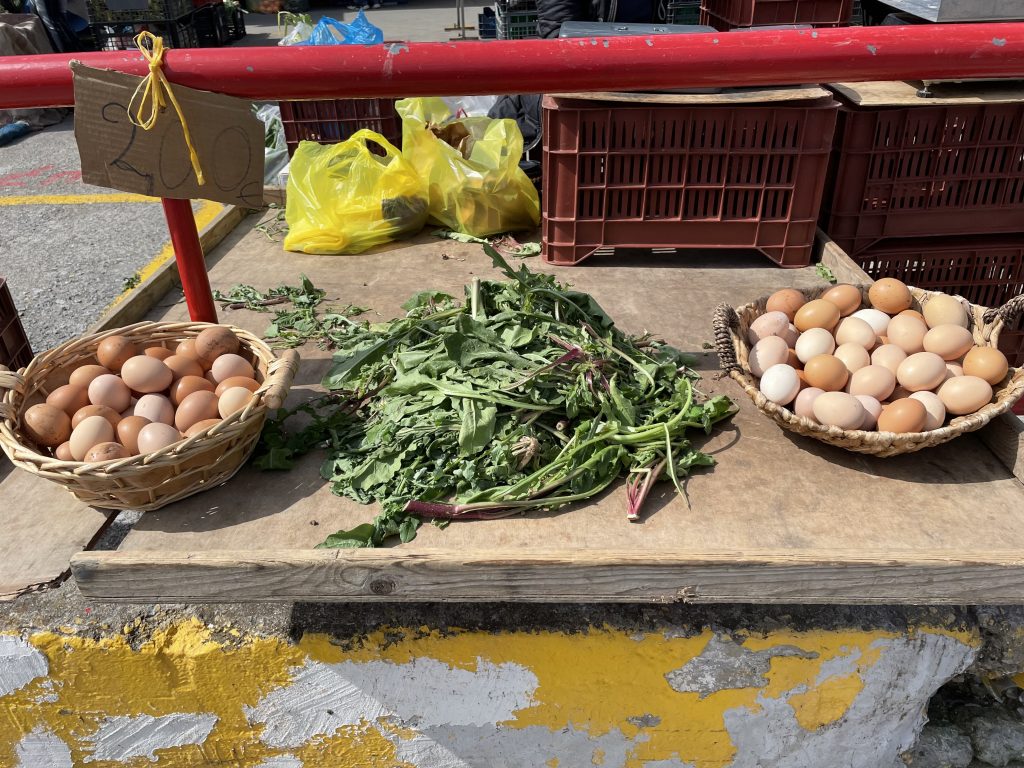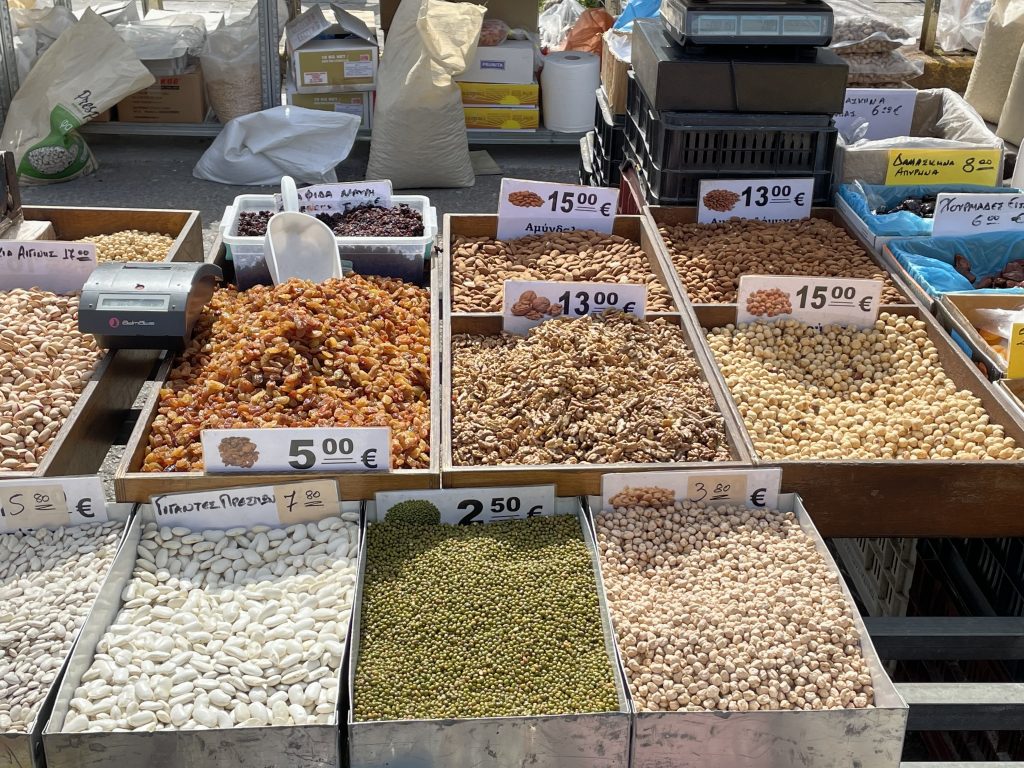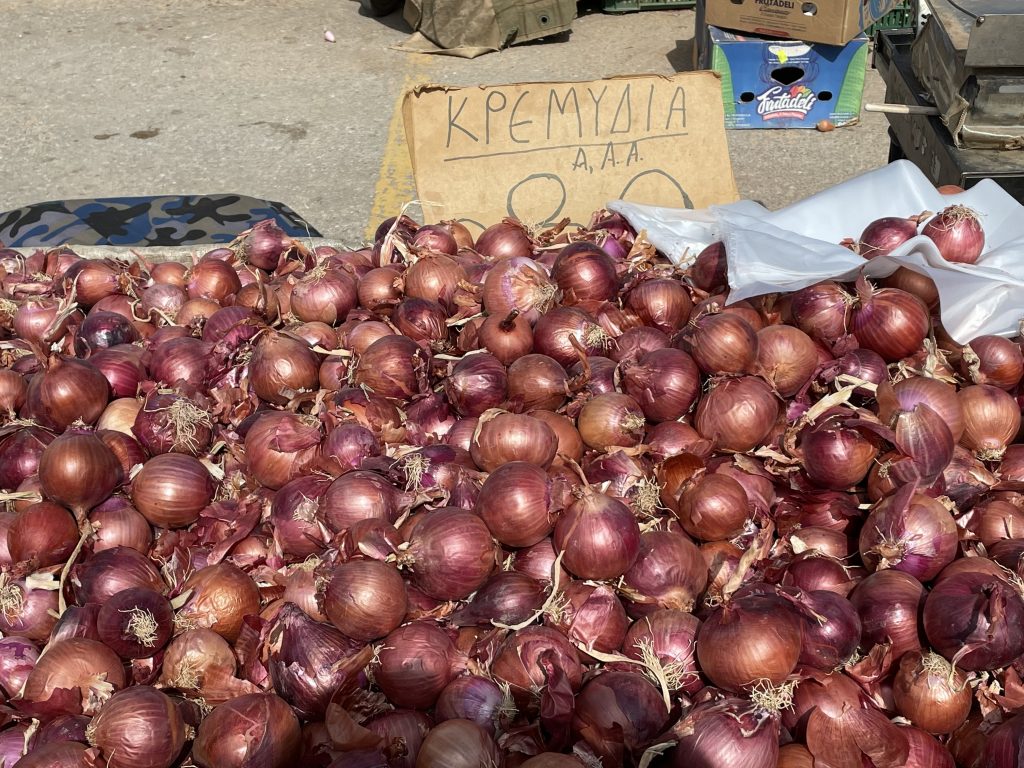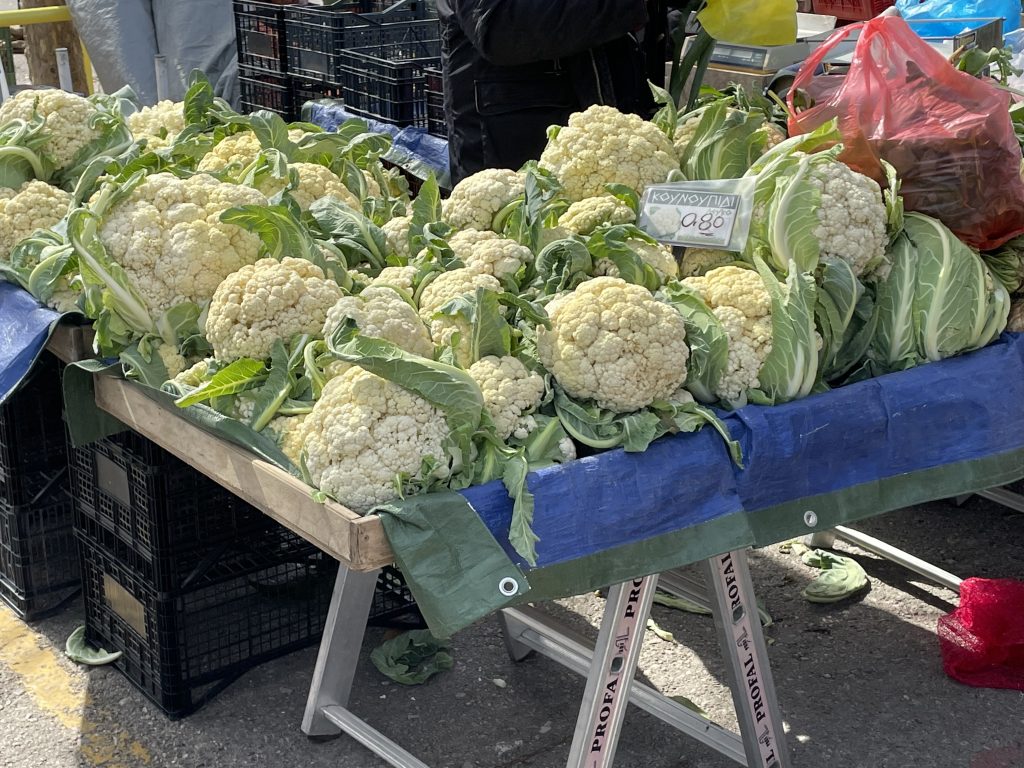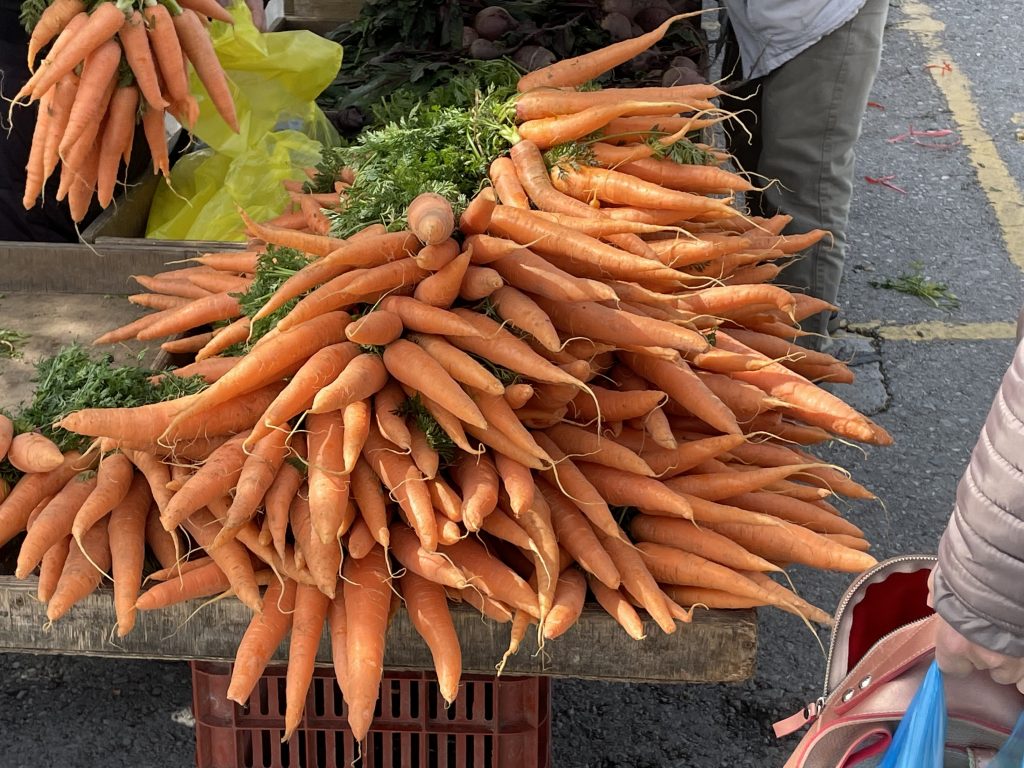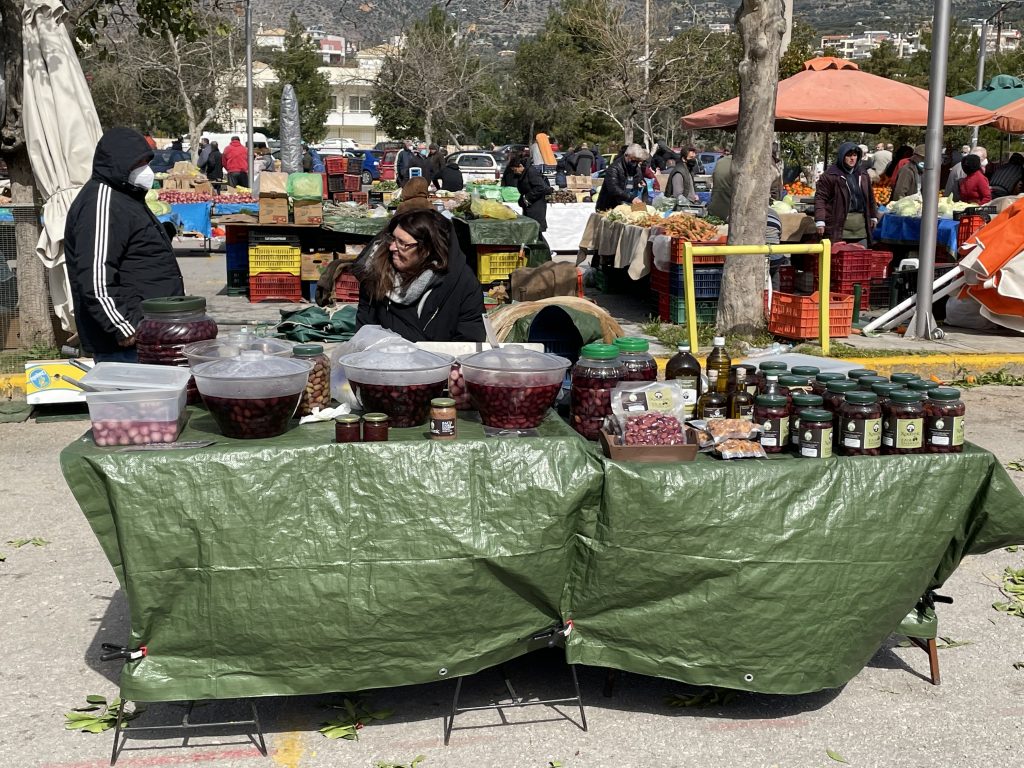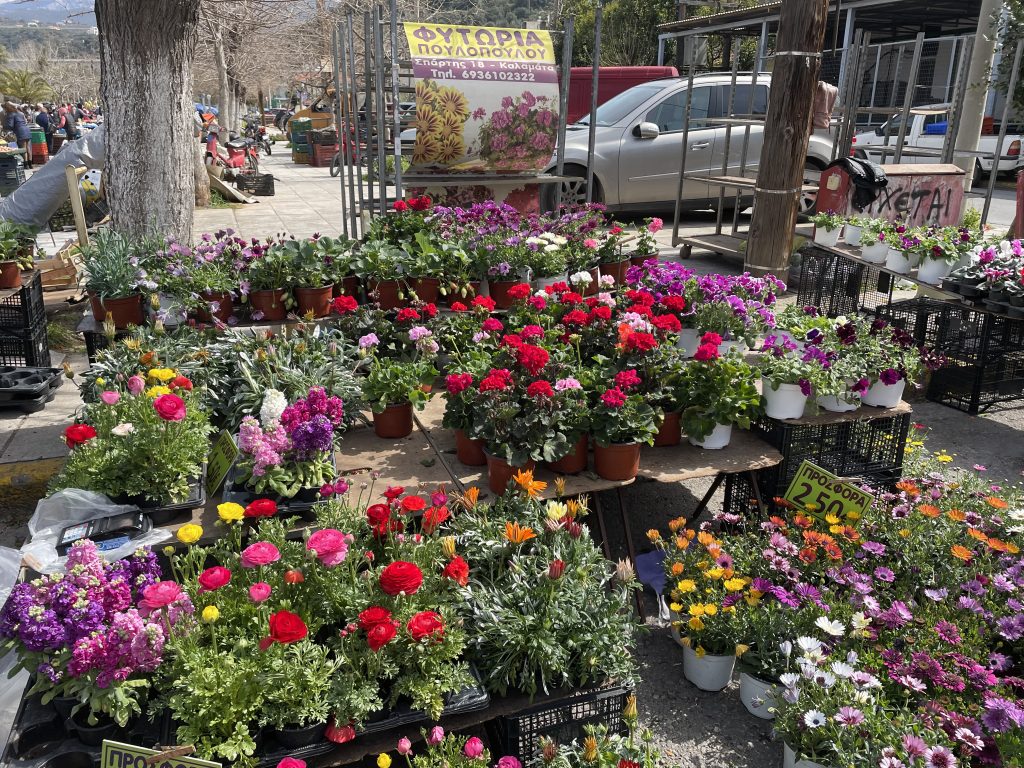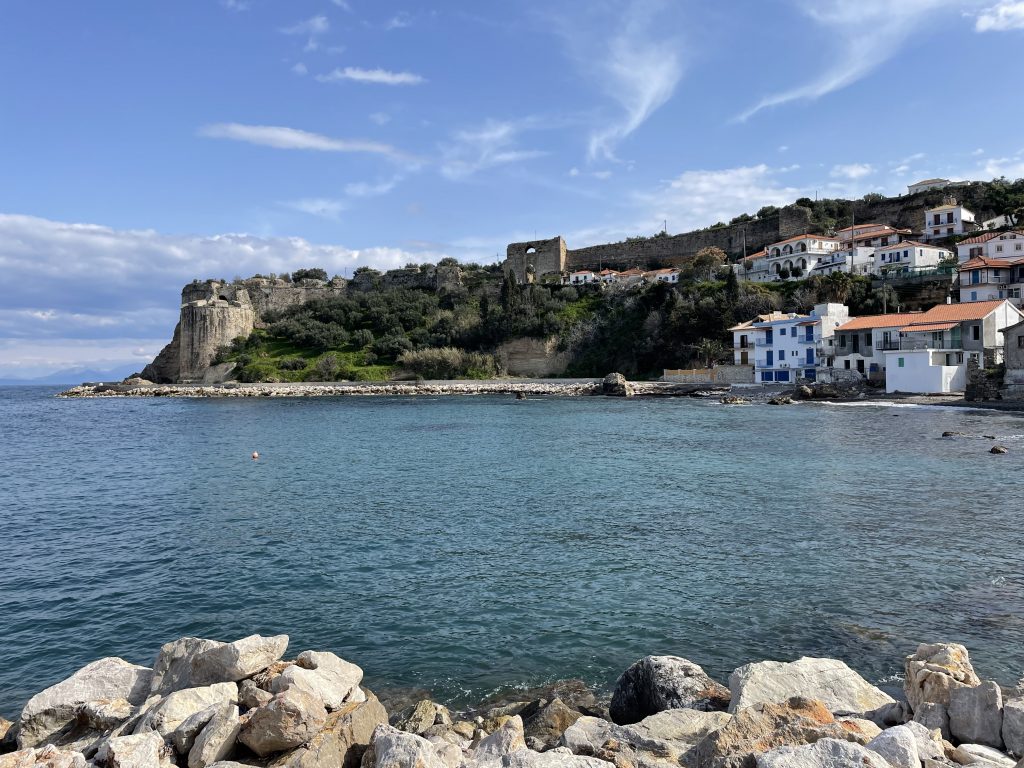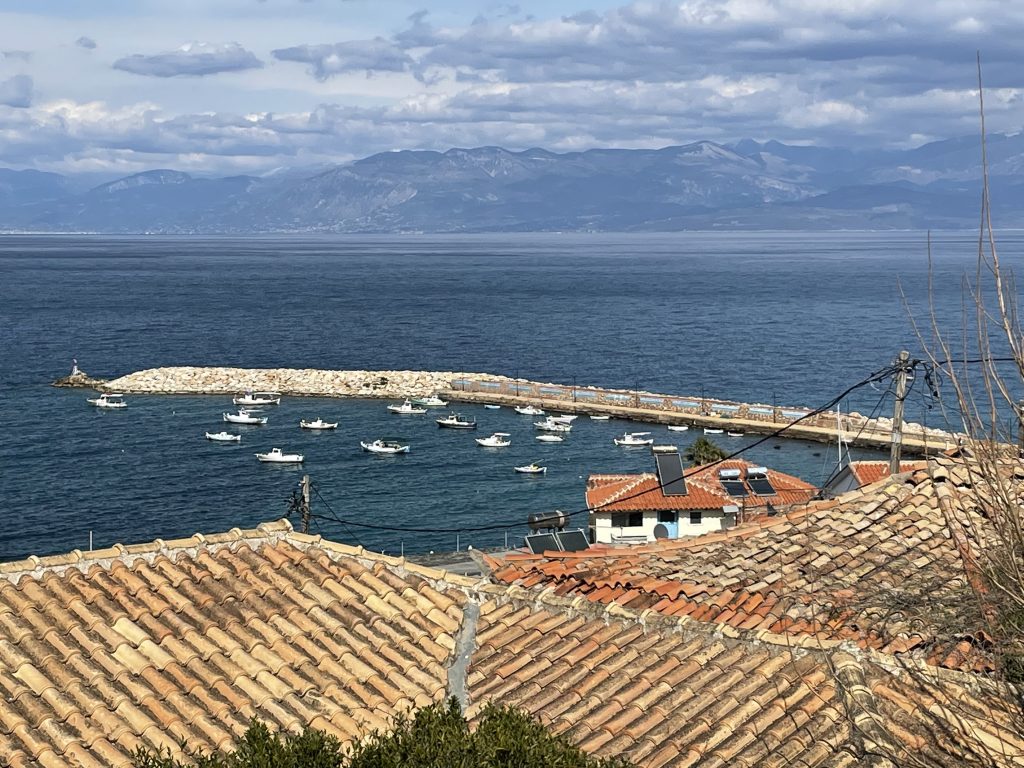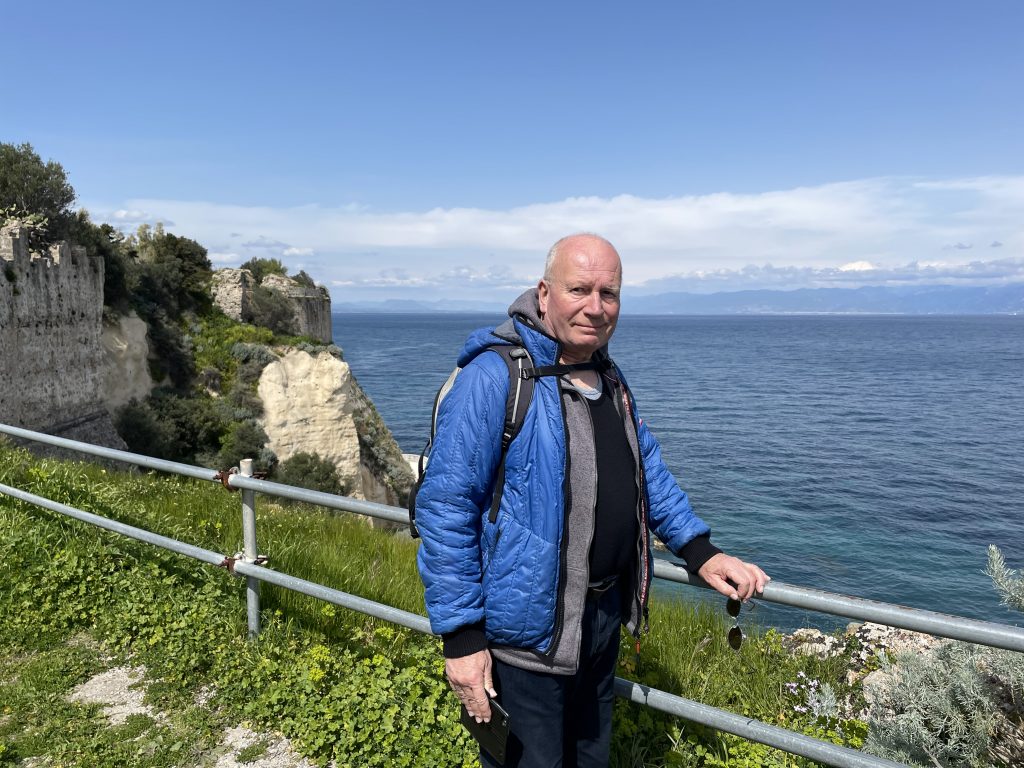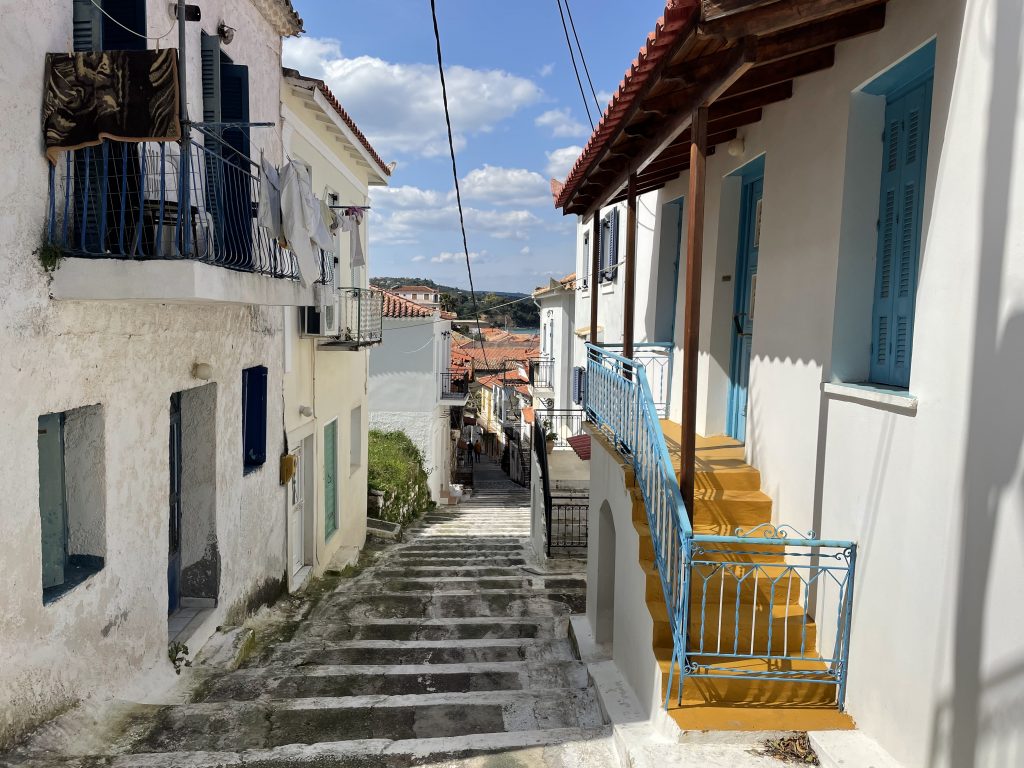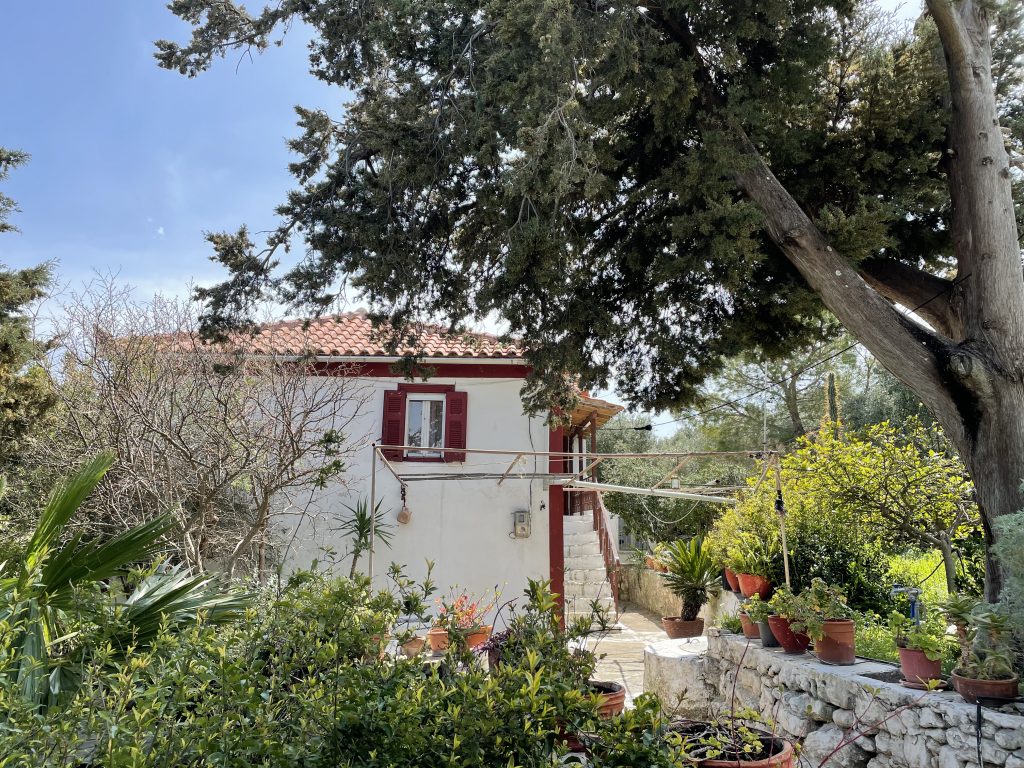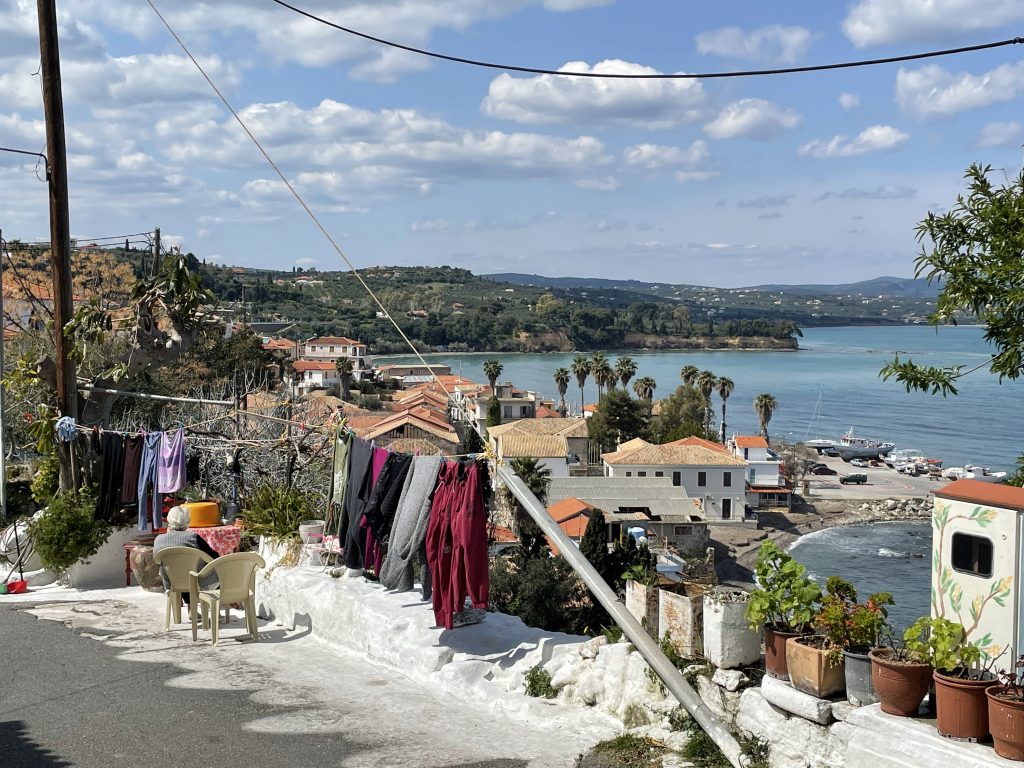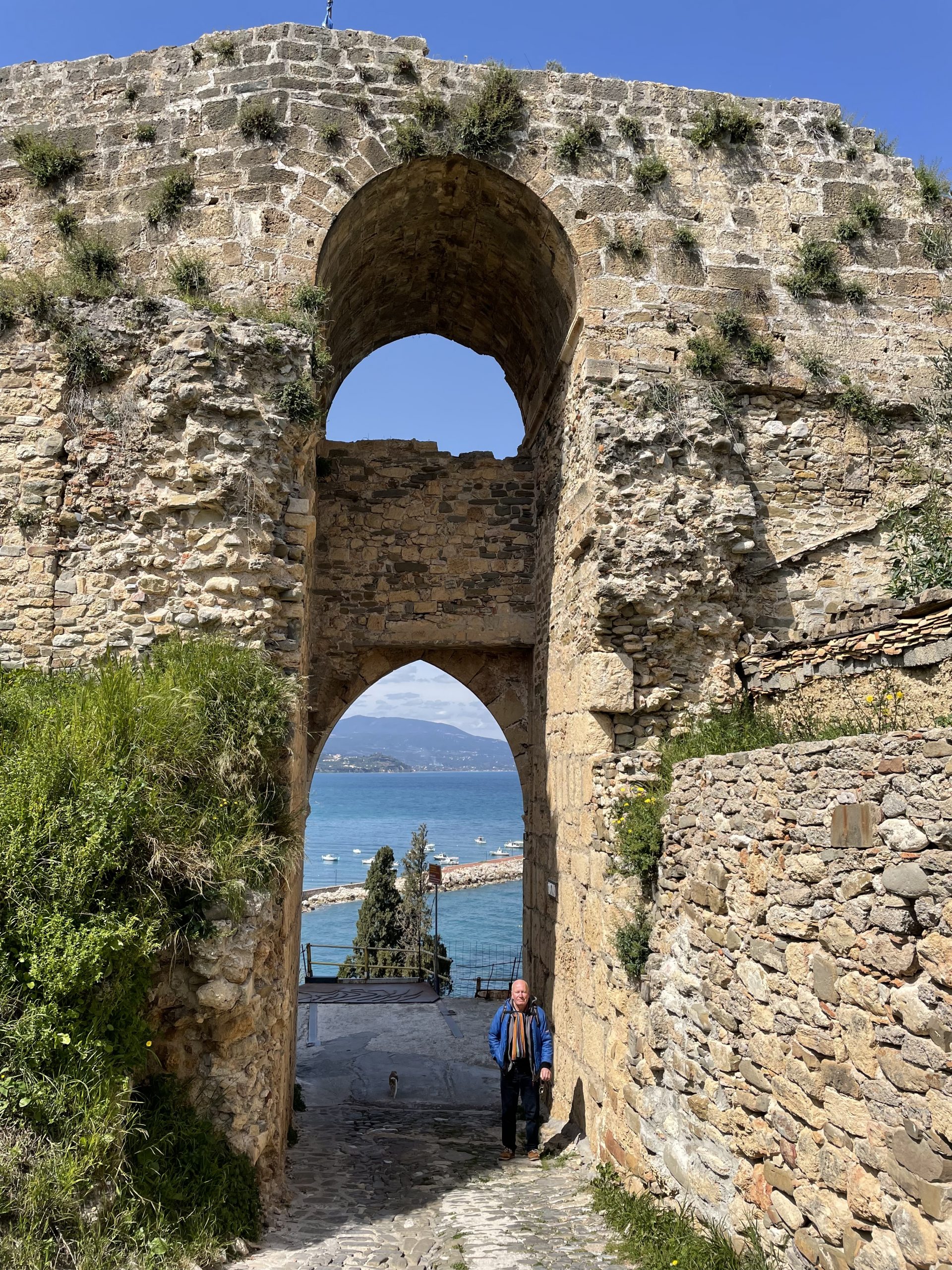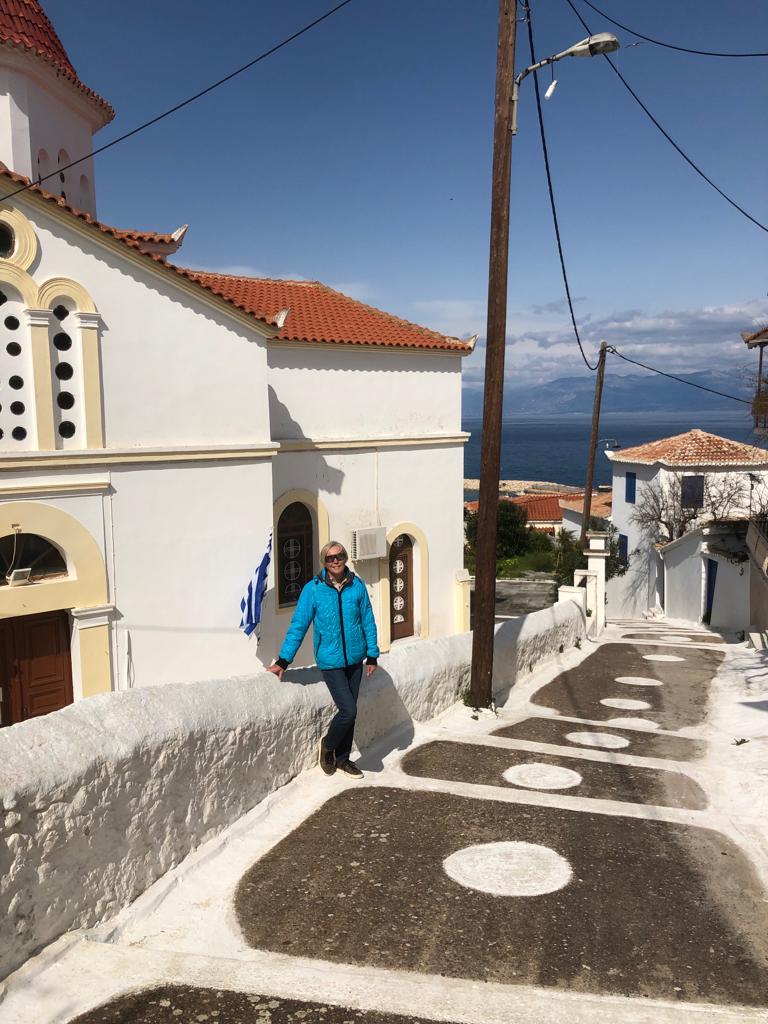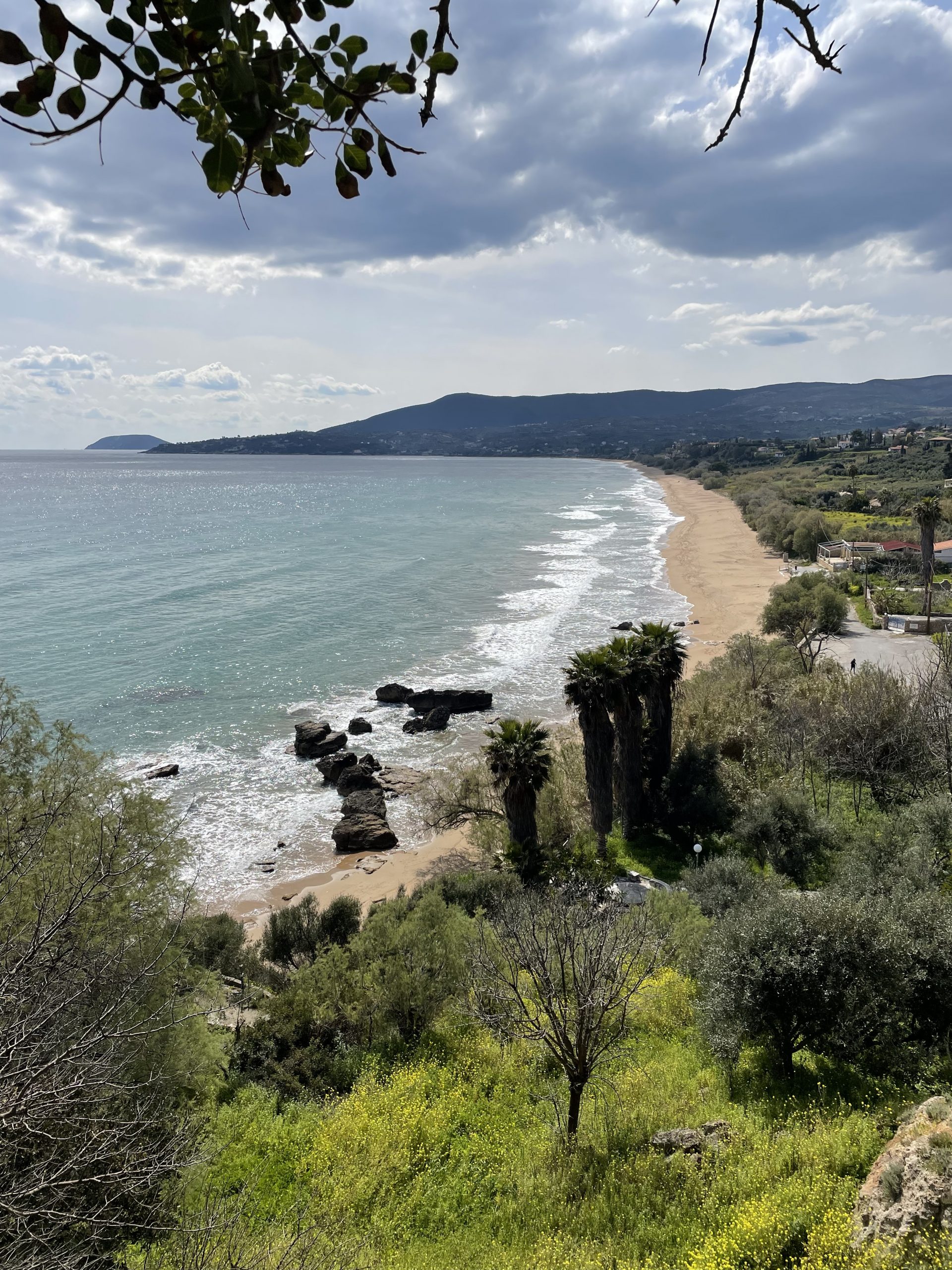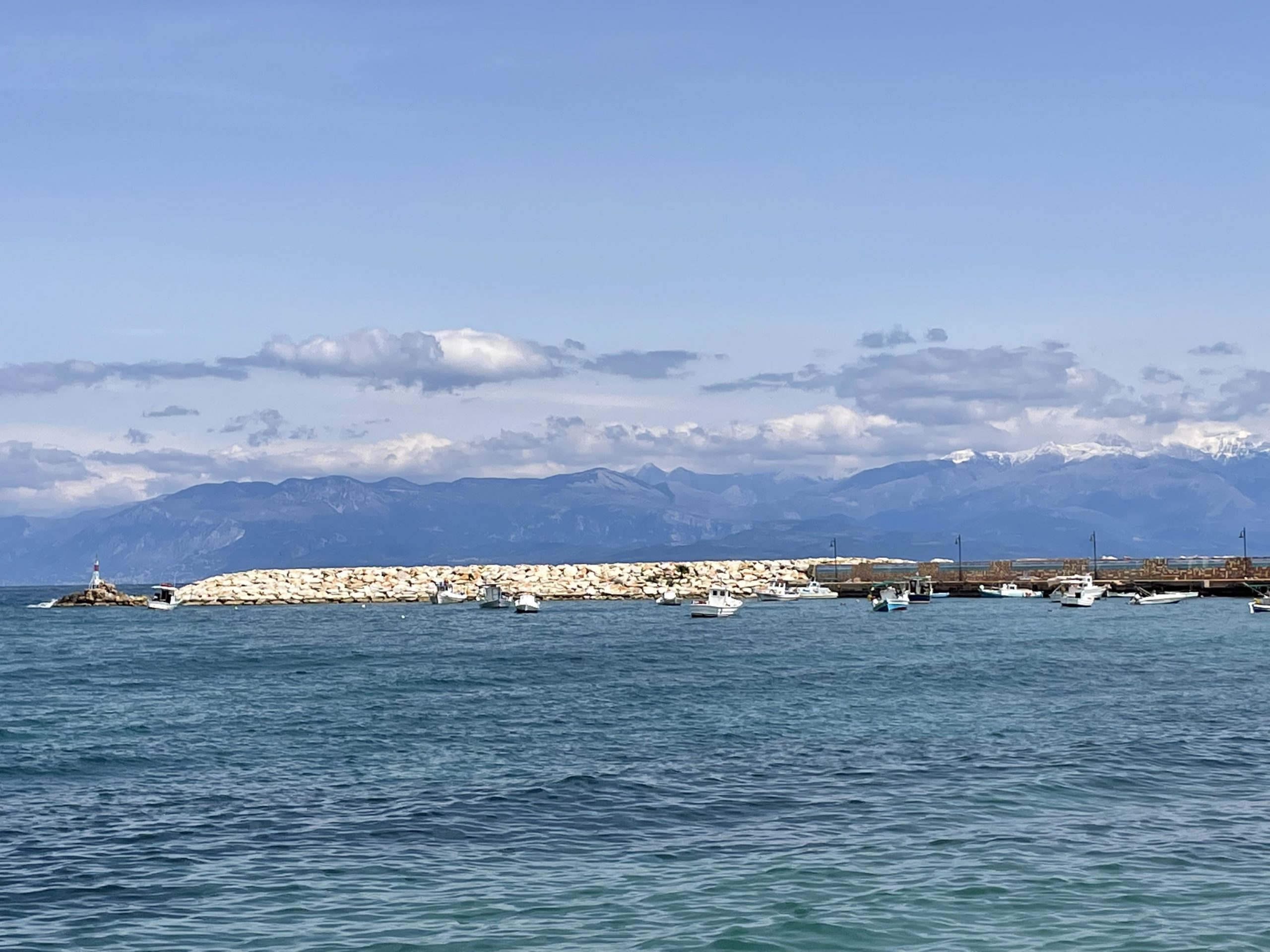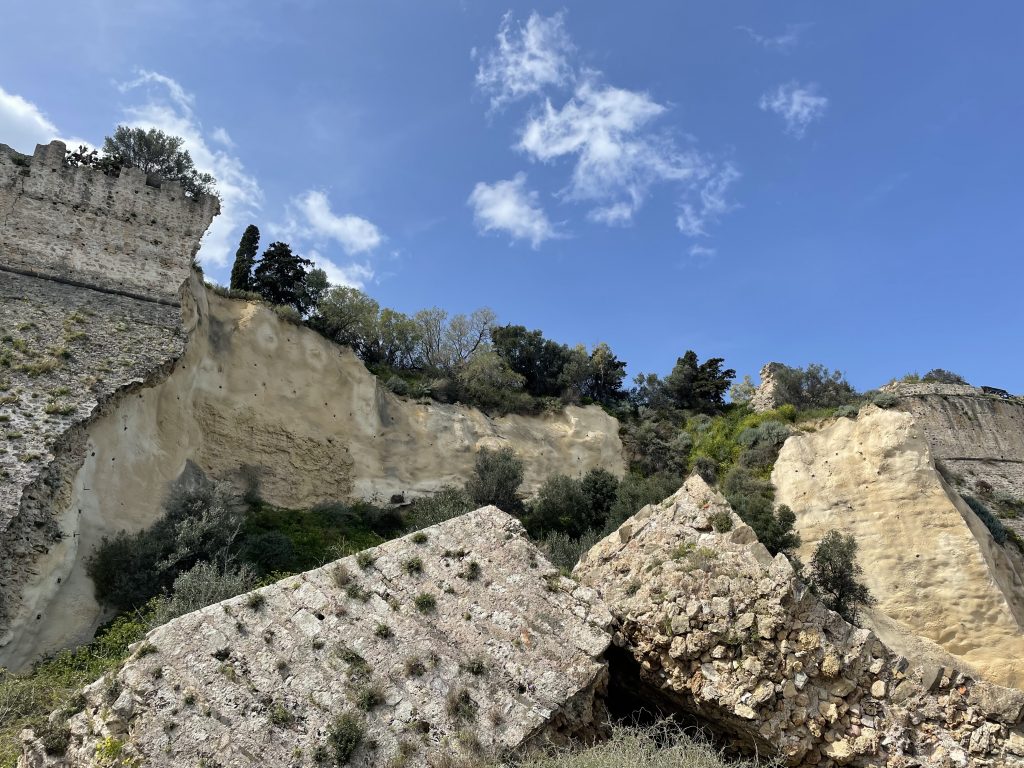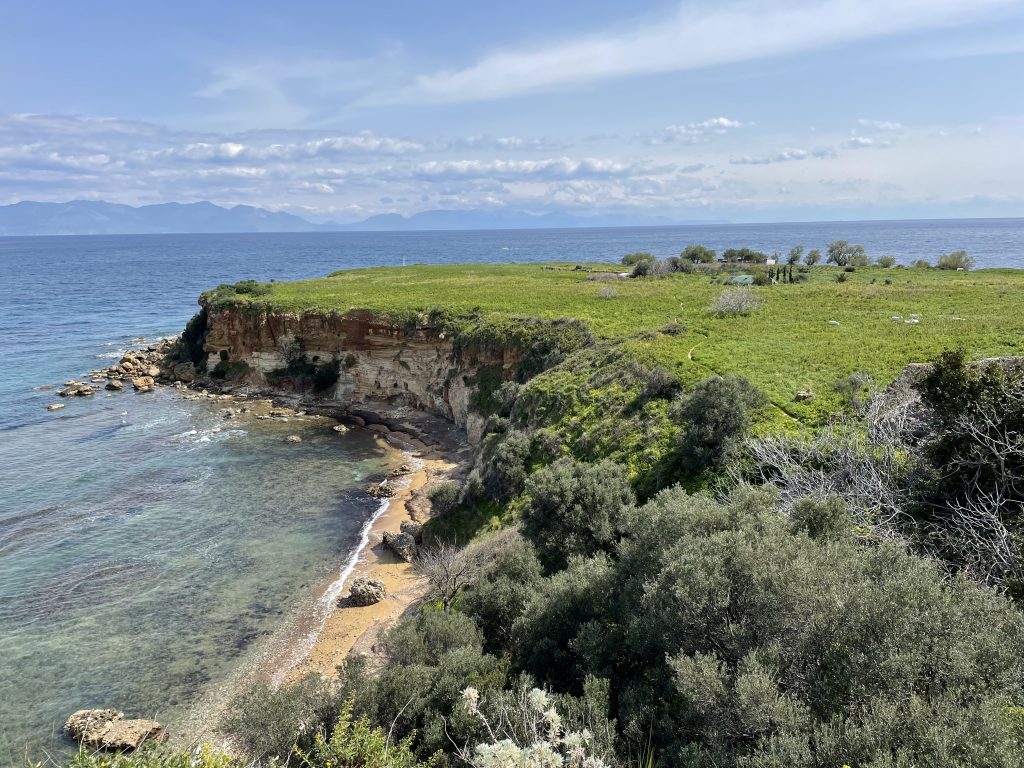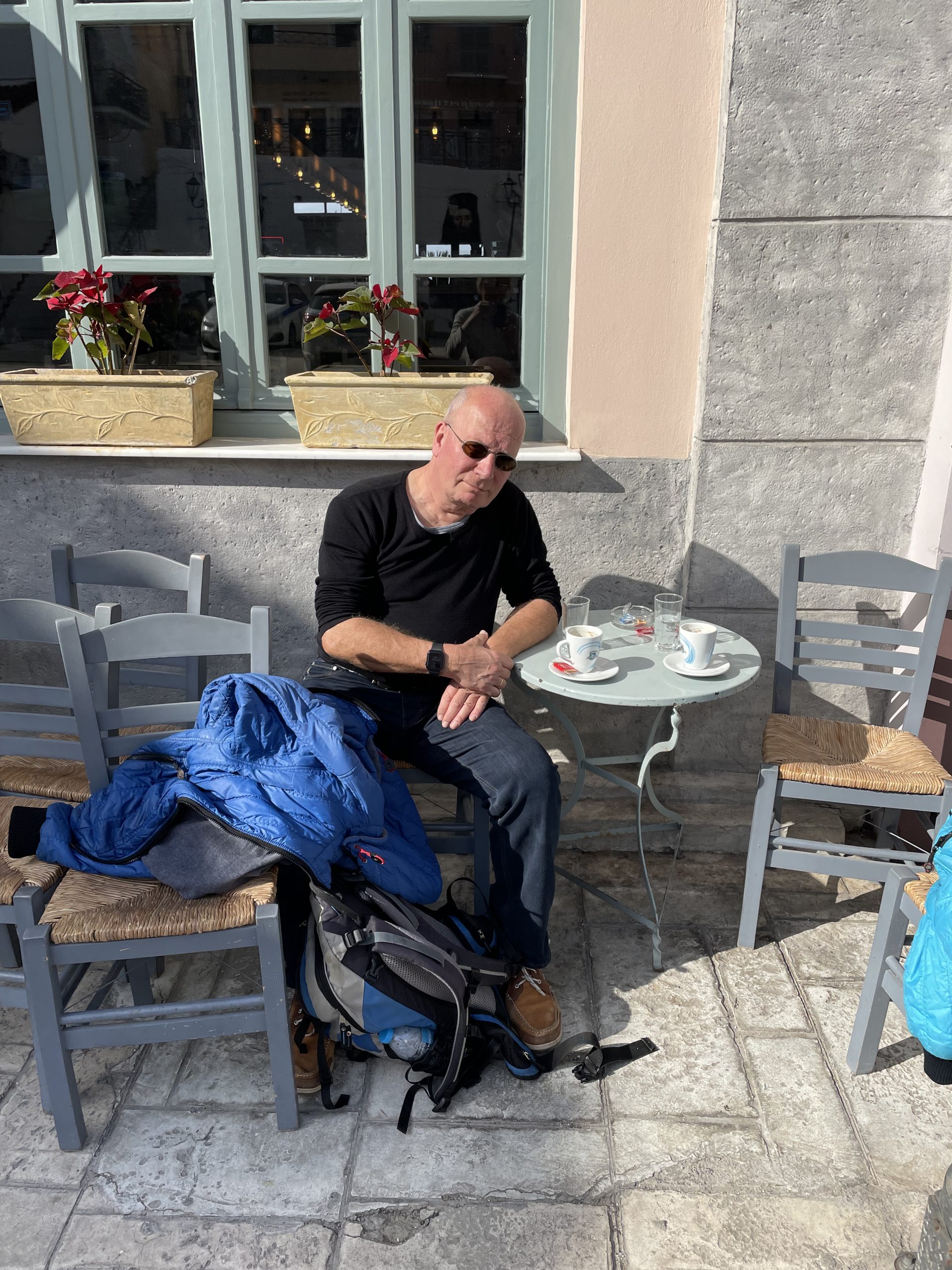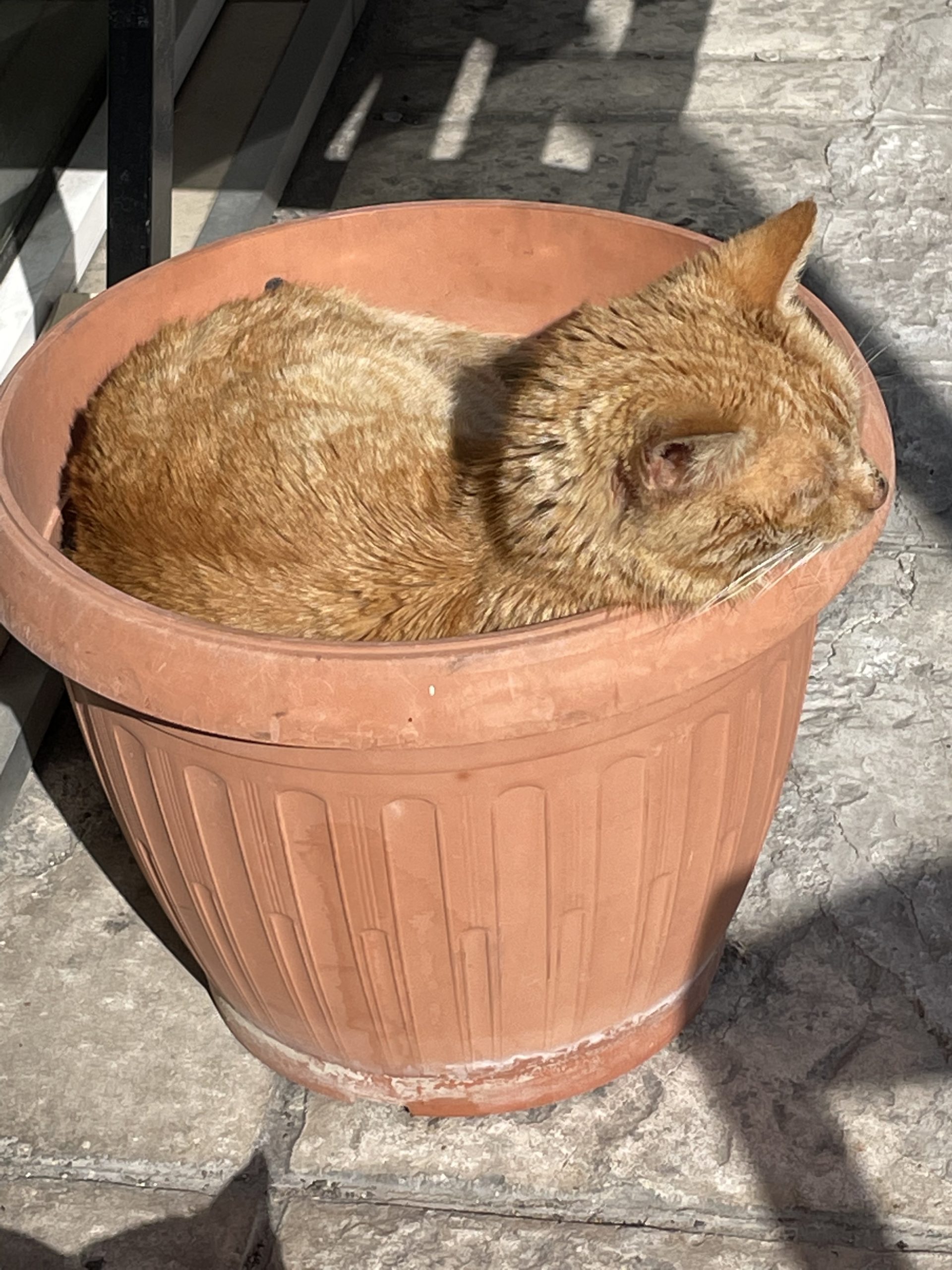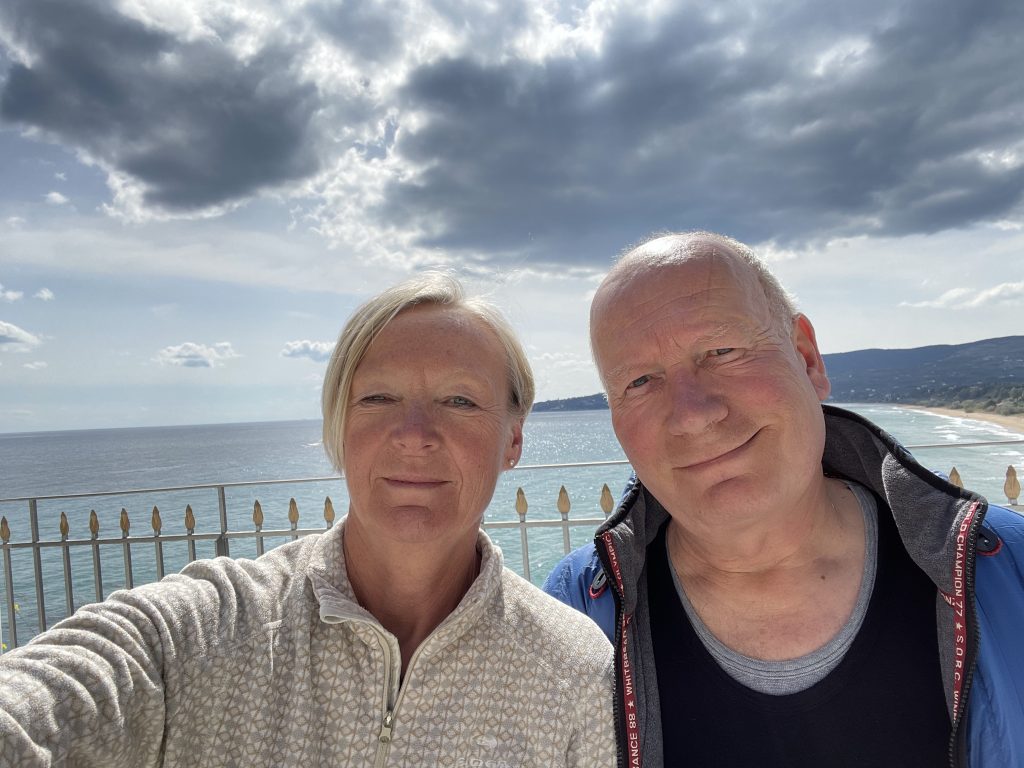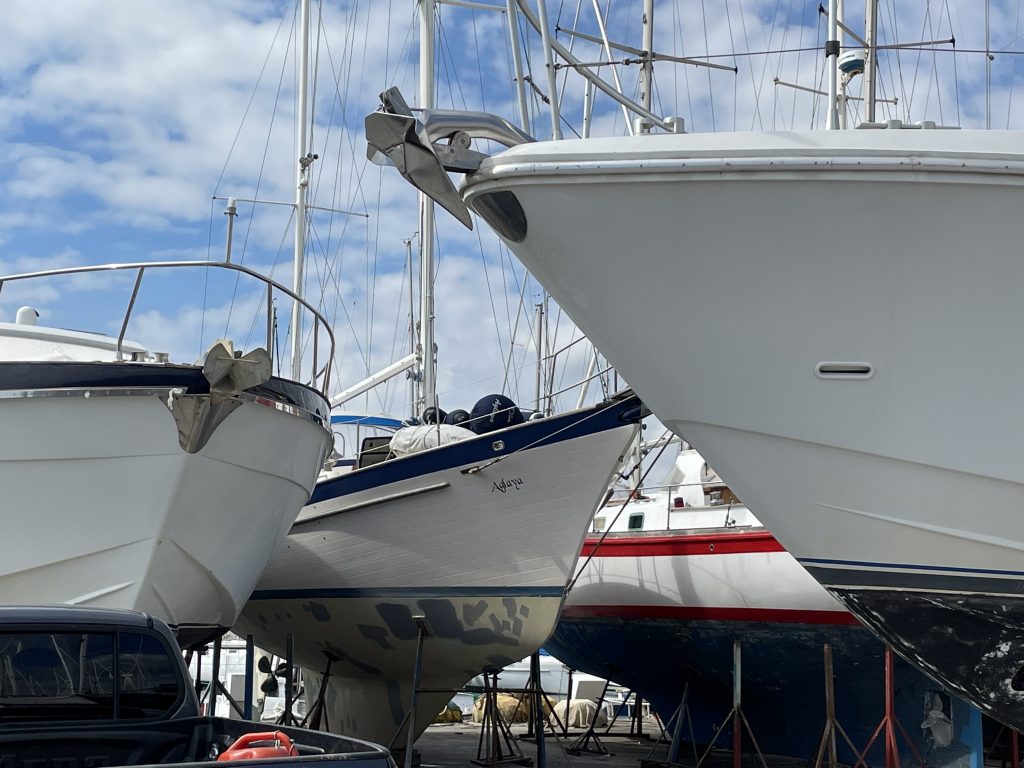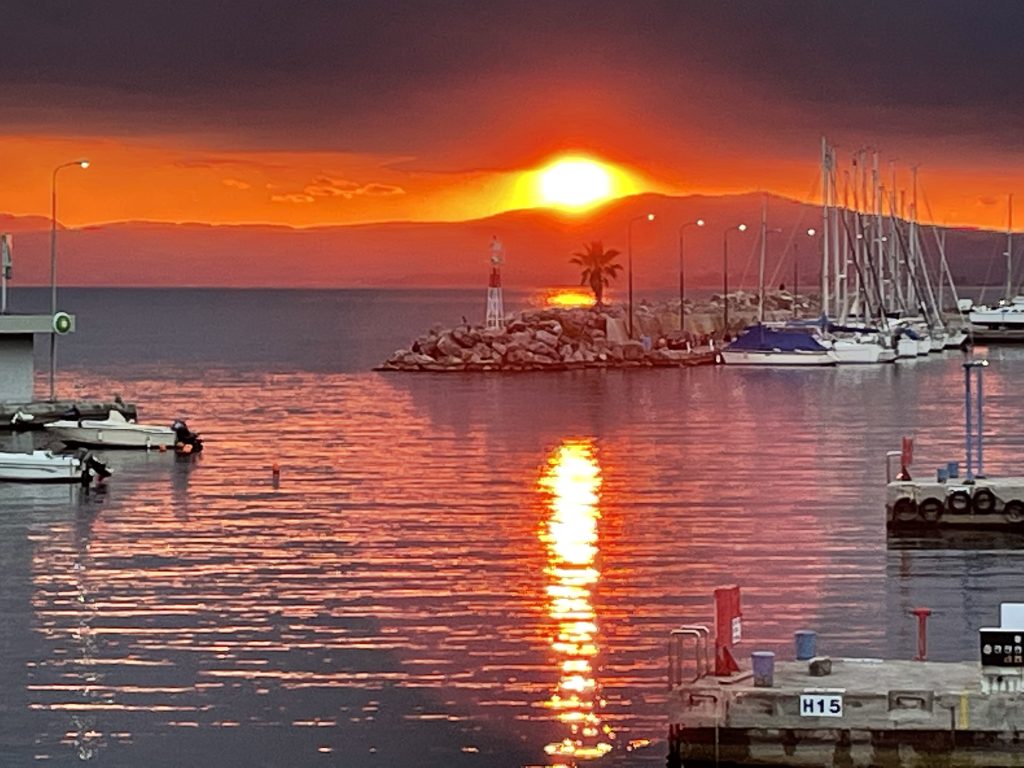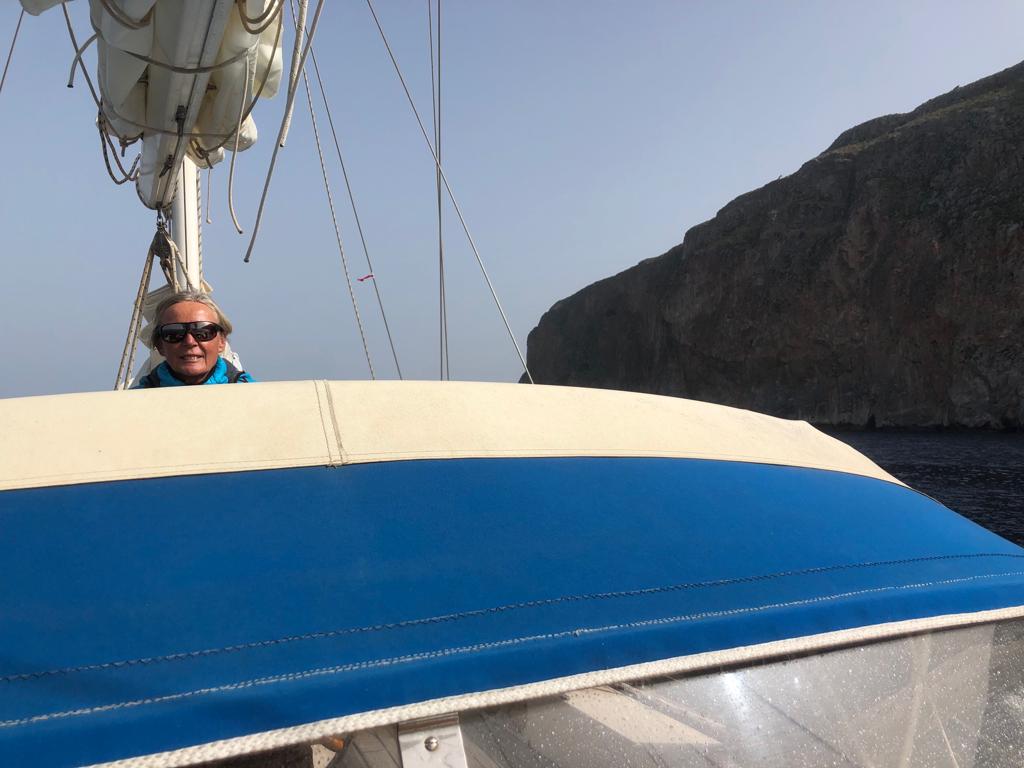
Finally we are ready to sail on 3 April. But we wait for one more day, as there is still a strong southerly wind. It is a day for us to relax, after several weeks of getting the boat fit. We walk up to the ruins of the fortress, which we visited two years ago in August. Back then, nature was brown and dry. Now everything is green and in bloom everywhere. A beautiful place for breakfast with a view over the city. In the evening, we have the delicious fish soup at the Taverna Argos as a farewell.
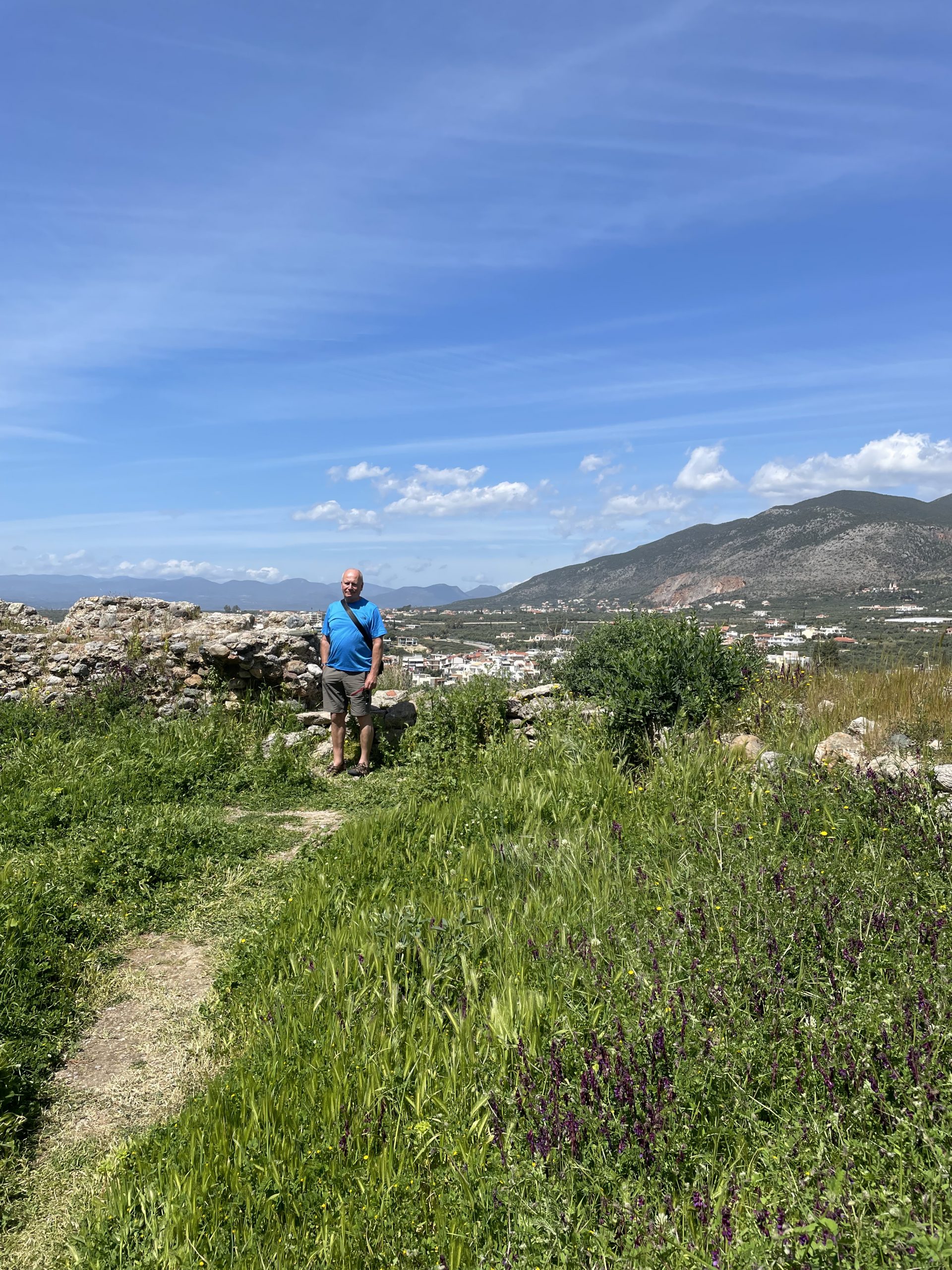
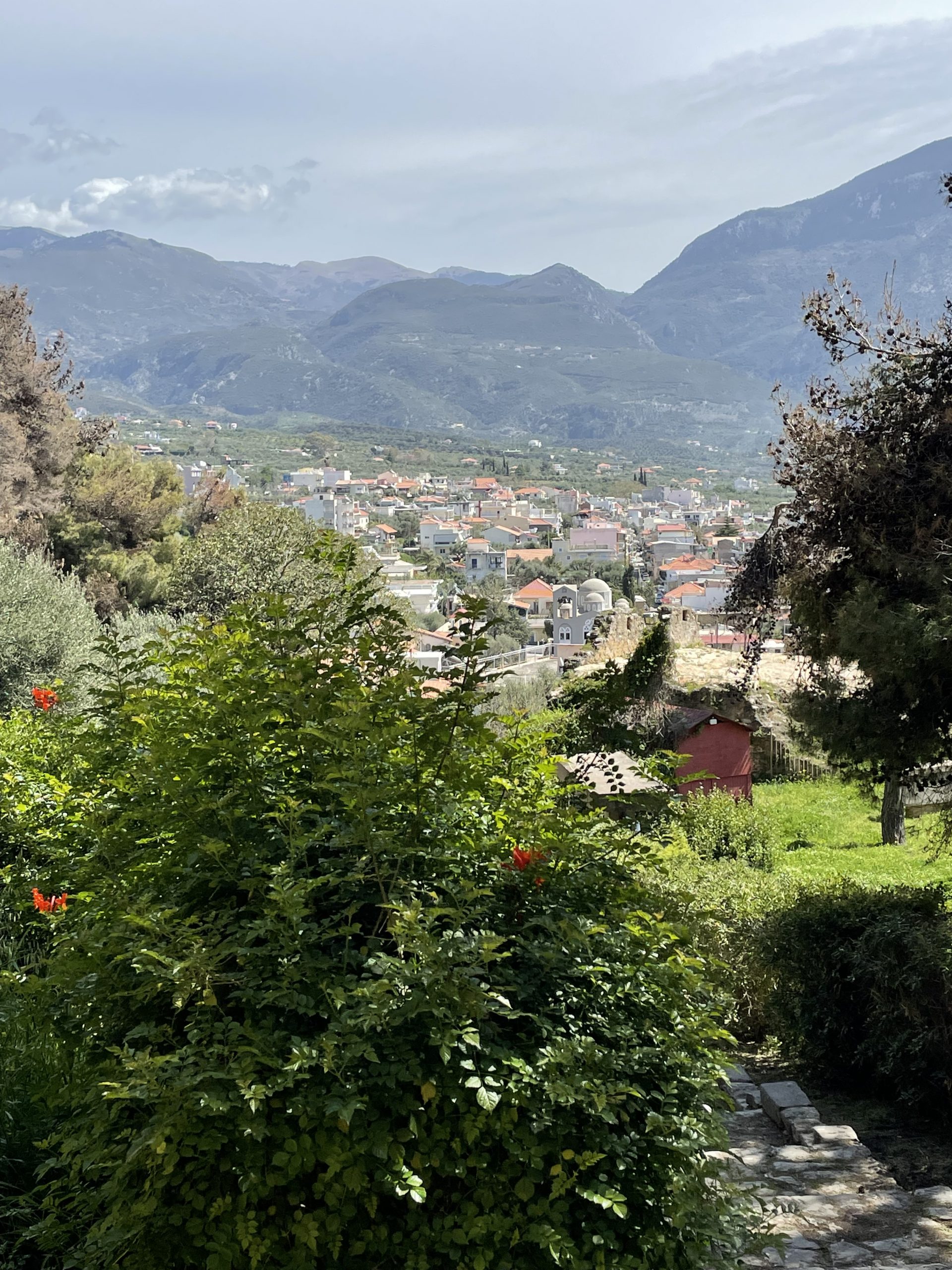
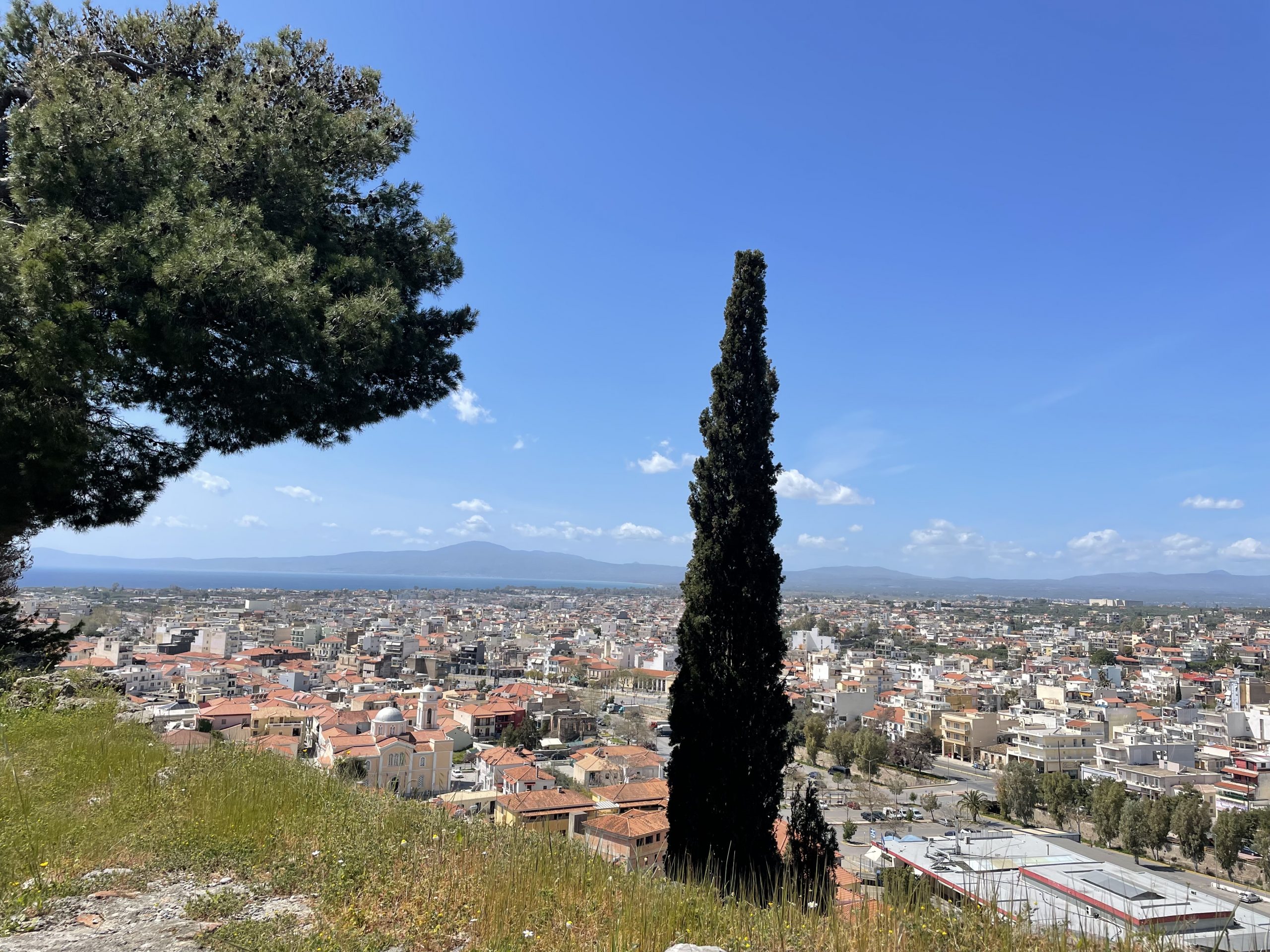
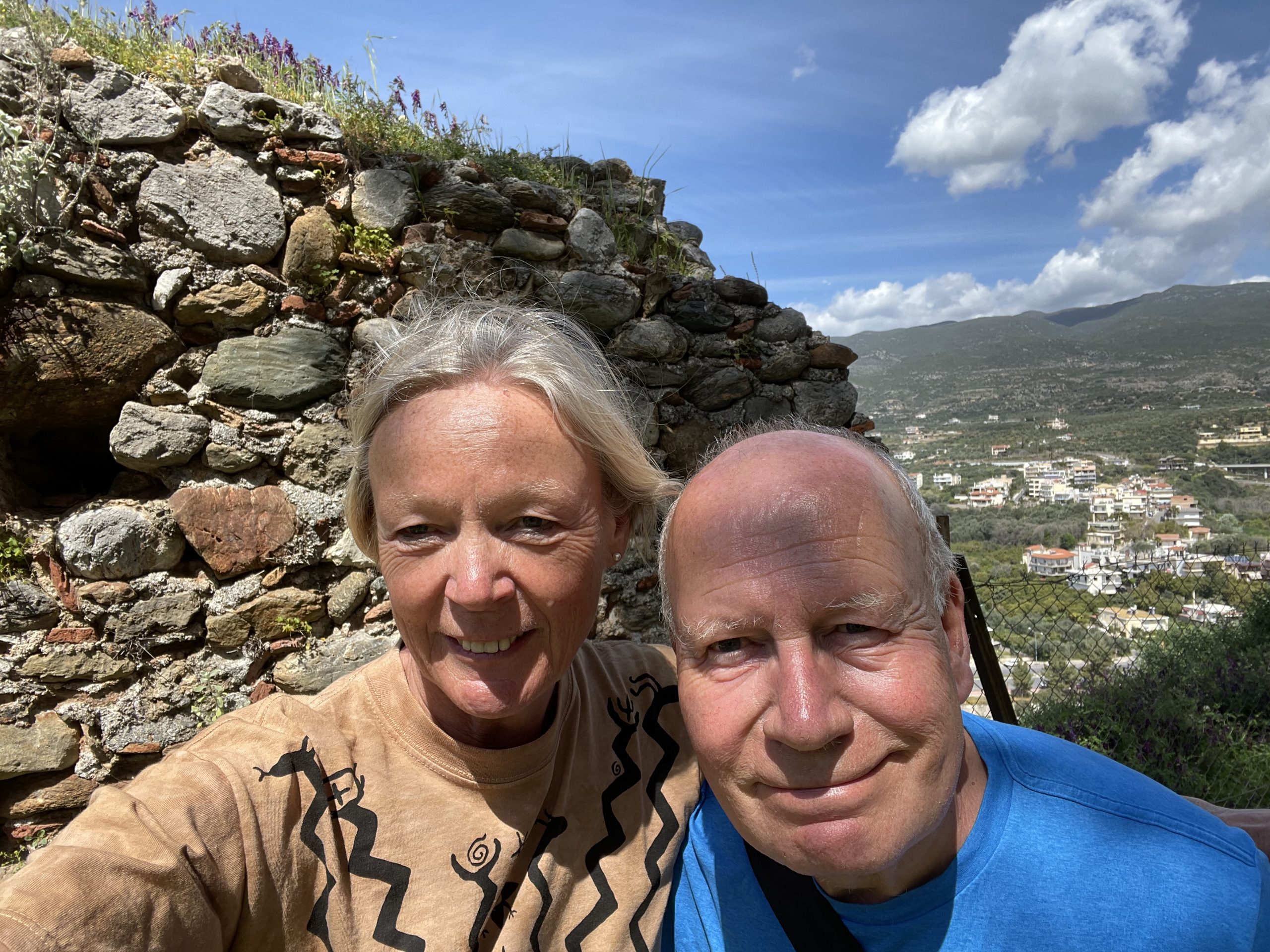
Then, on 4 April, we finally set off. We leave Kalamata and sail south in light winds. So we can set mainsail, genoa and mizzen right away. Our progress is very slow as the wind gradually dies completely. So unfortunately we have to motor the last few miles to the bay of Limeni - our intended anchorage. As it happens, the wind comes up just before the bay with gusts of over 40 knots. It hardly lets up at our anchorage in front of the supposedly excellent fish restaurant in Karavostasi and blows almost constantly at around 35 knots all night and also the next day, fortunately offshore from the east. So at least we have no swell. But we don't try the fish in the restaurant, we prefer to stay on board.
We don't want to sail around Cape Tenaro in what is sure to be a much stronger wind from the front. Therefore, we stay another day in this beautiful bay and hope that the wind will weaken.
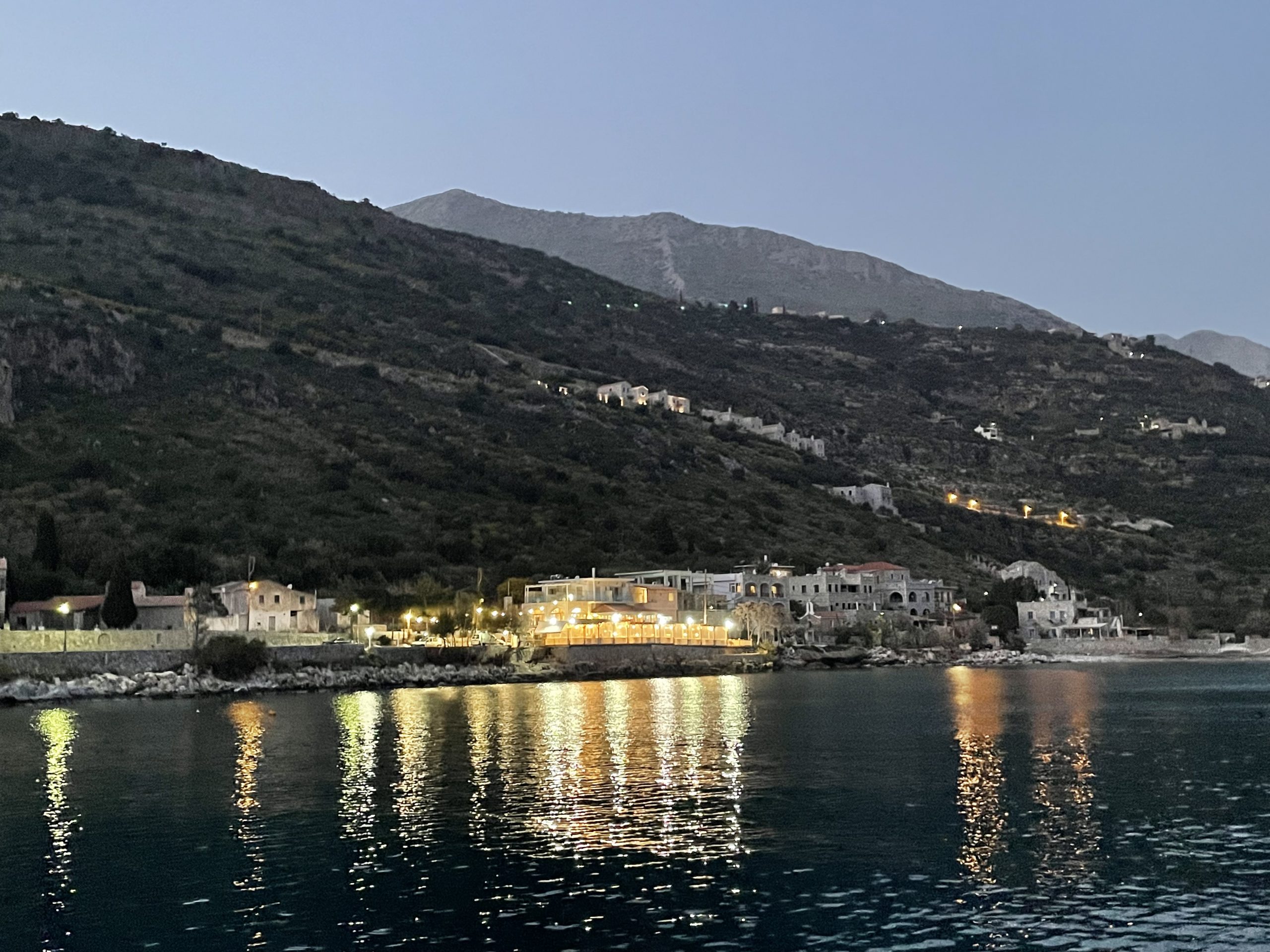
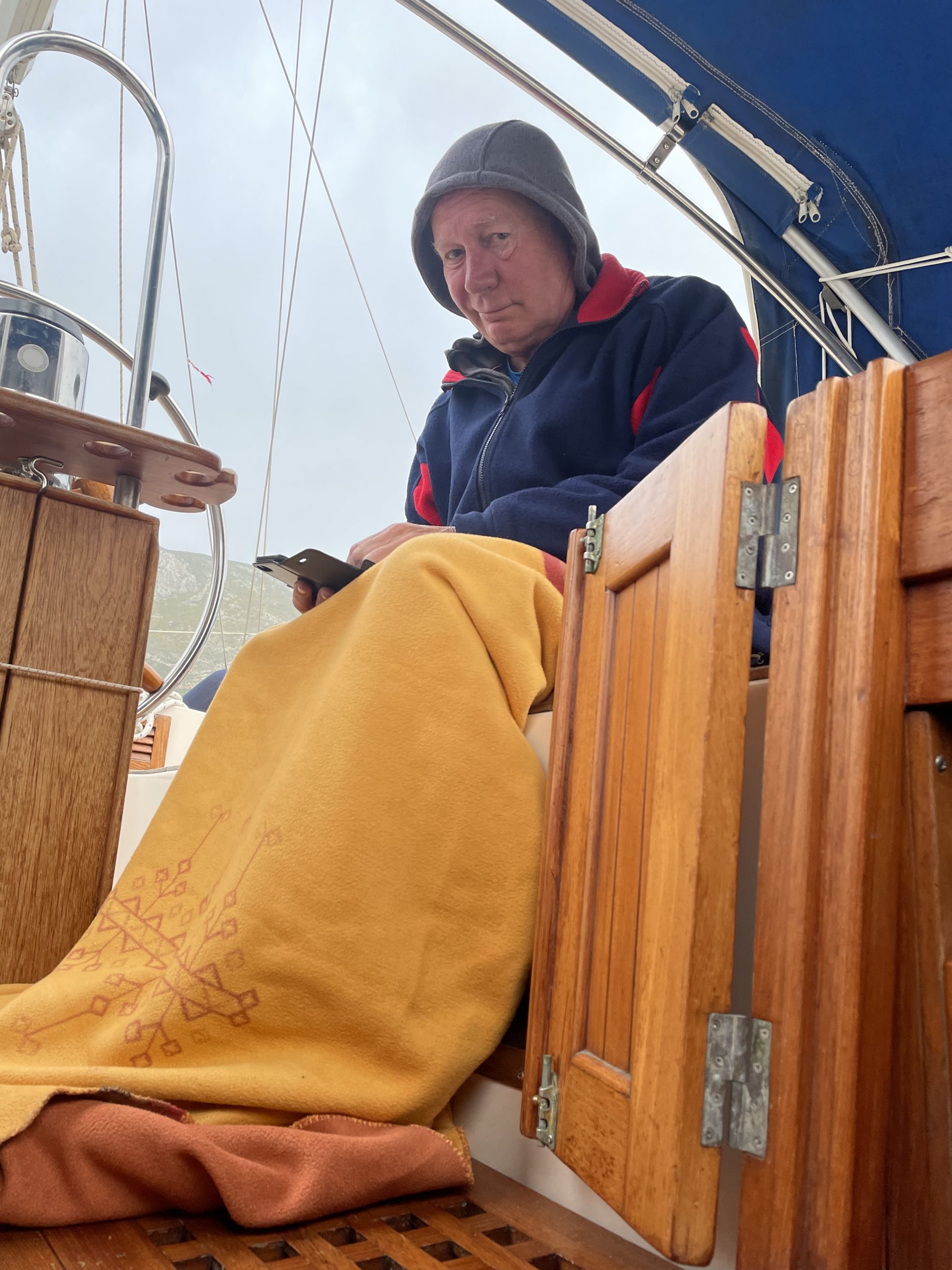
And so it does. The next day we take a look at the imposing mountains near Gerolimenias from the boat, are fascinated by the wild peninsula of Mani with its villages consisting of residential towers, as we were two years ago, and then sail around Cape Tenaro, the southernmost point of mainland Europe, without any stress. In our anchorage, Porto Kagio, we are the only boat (quite different from two years ago in August). There is quite a lot of wind overnight, from the mountains from different directions. So anchor watch again. But the anchor holds well in the silt and sand in front of the village.
